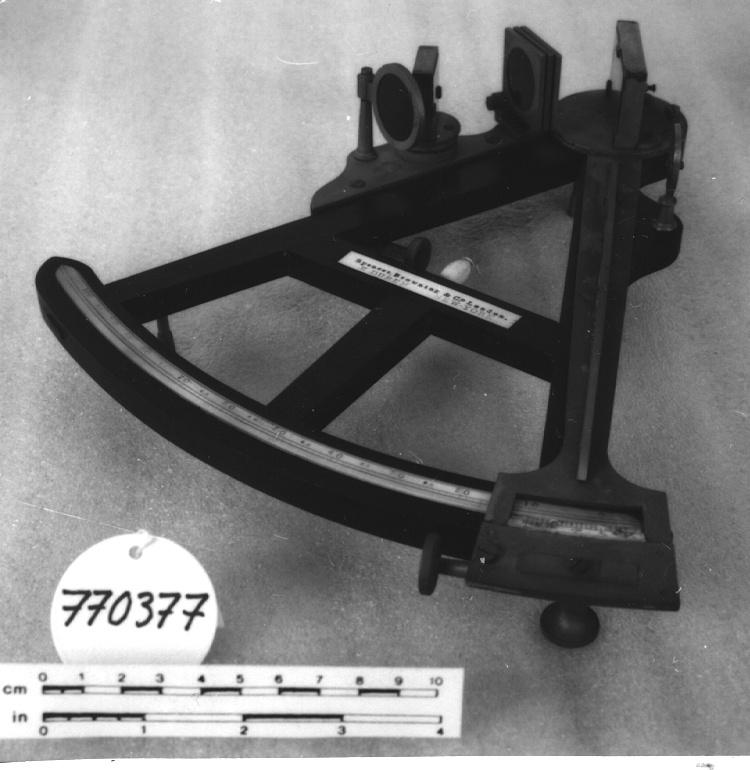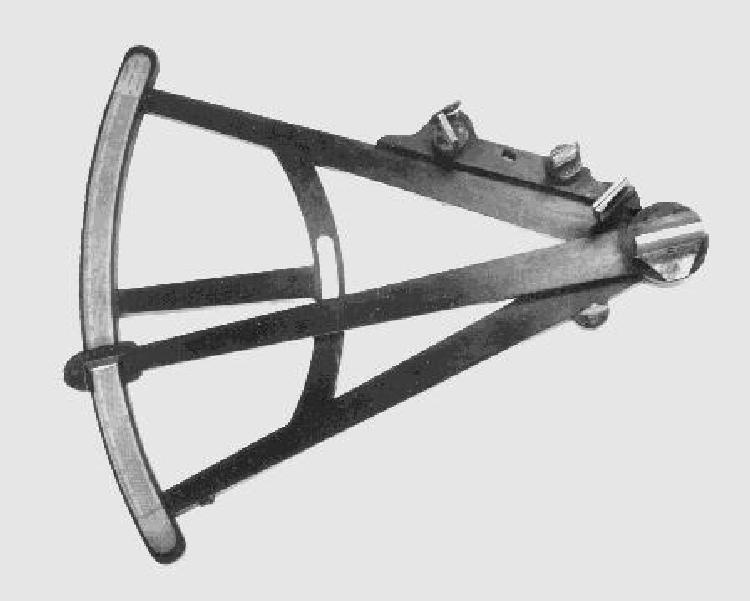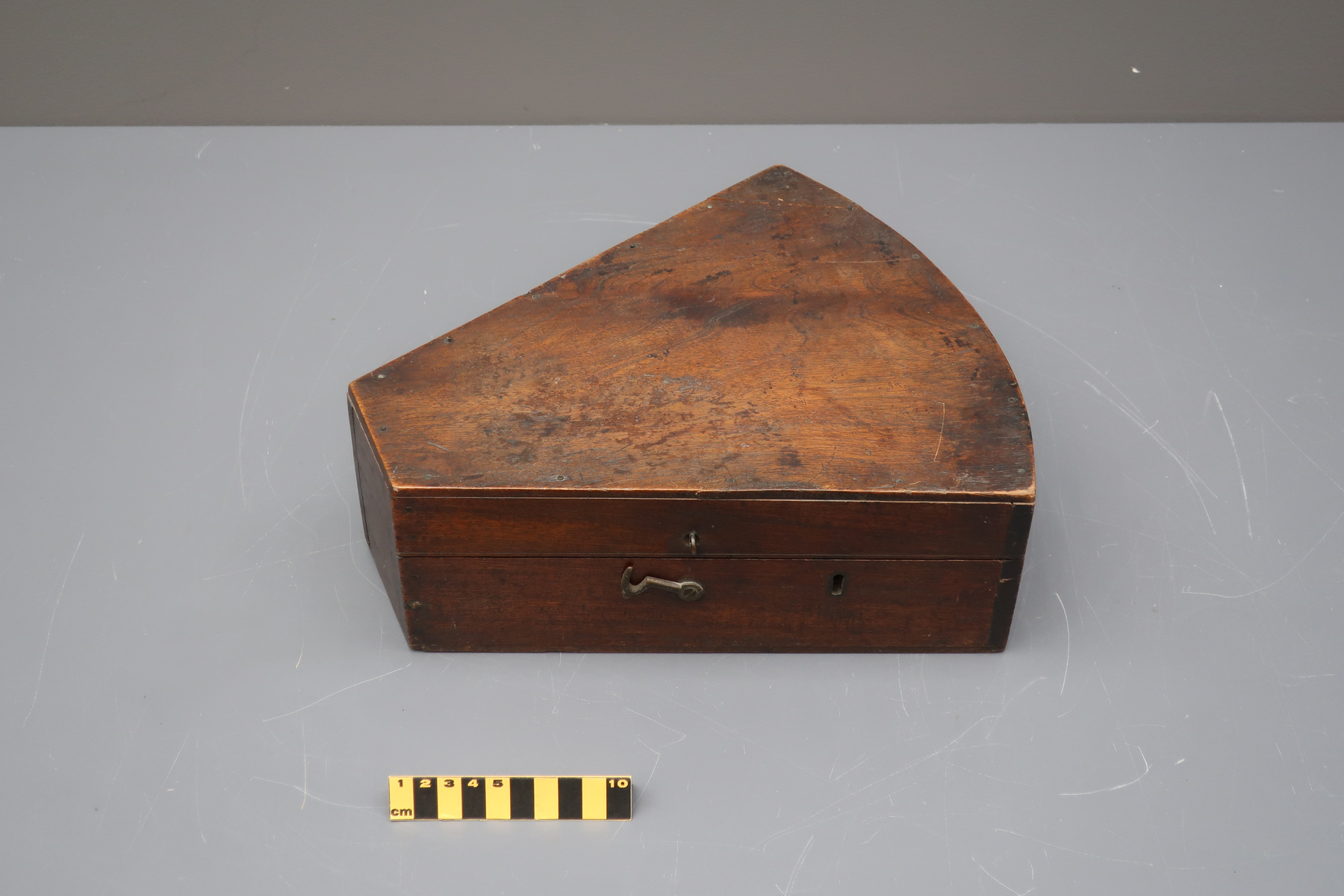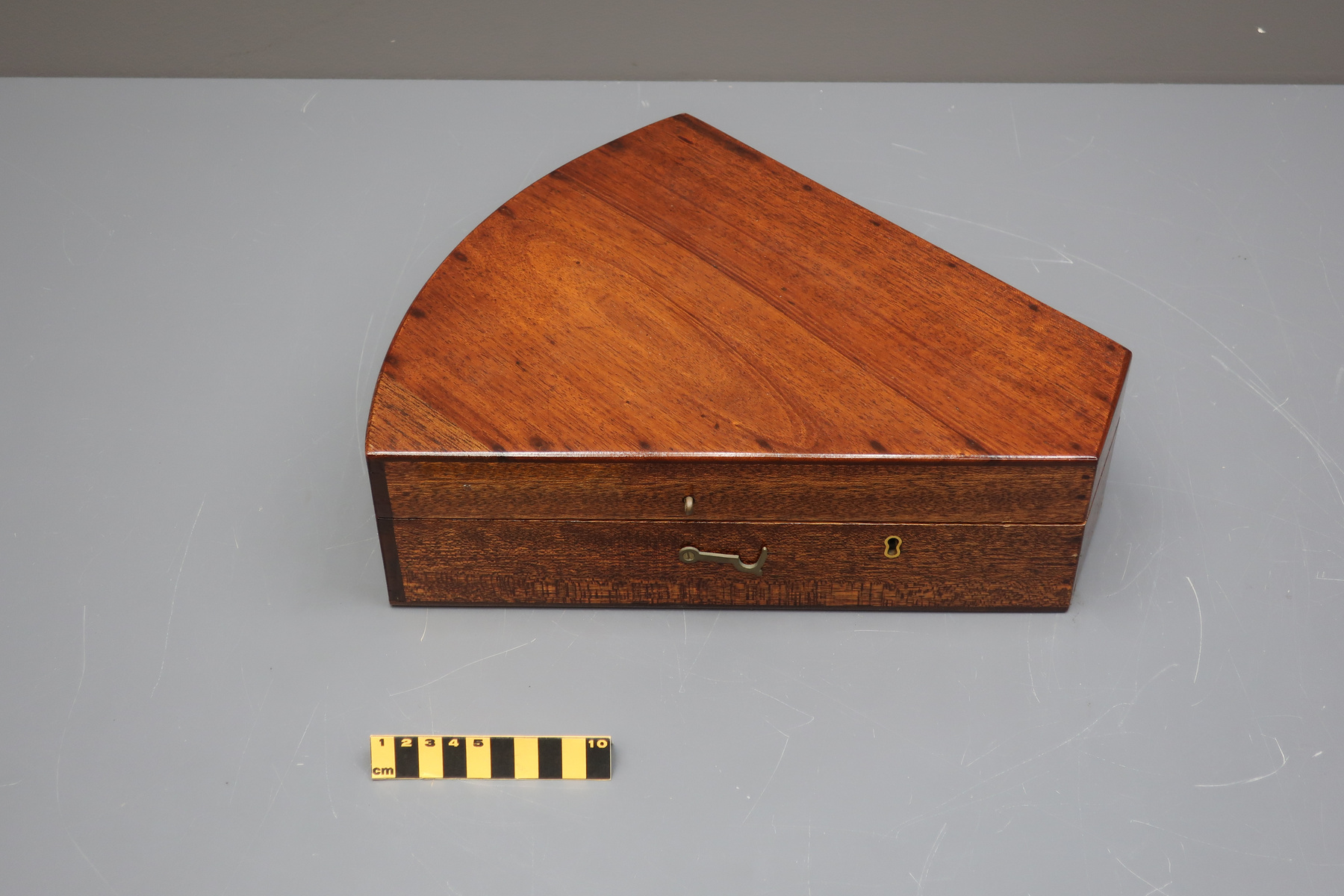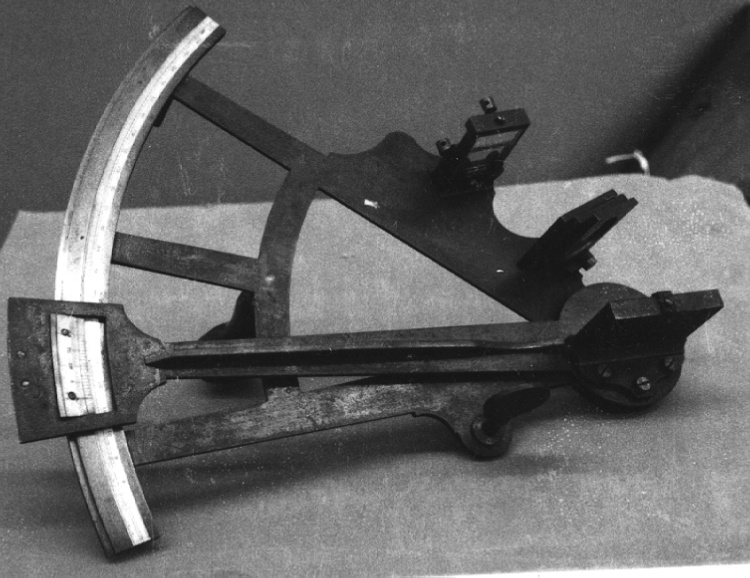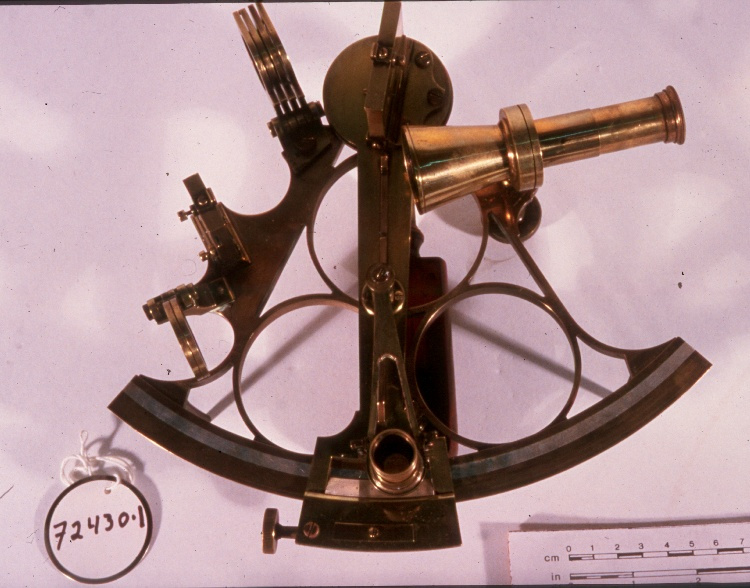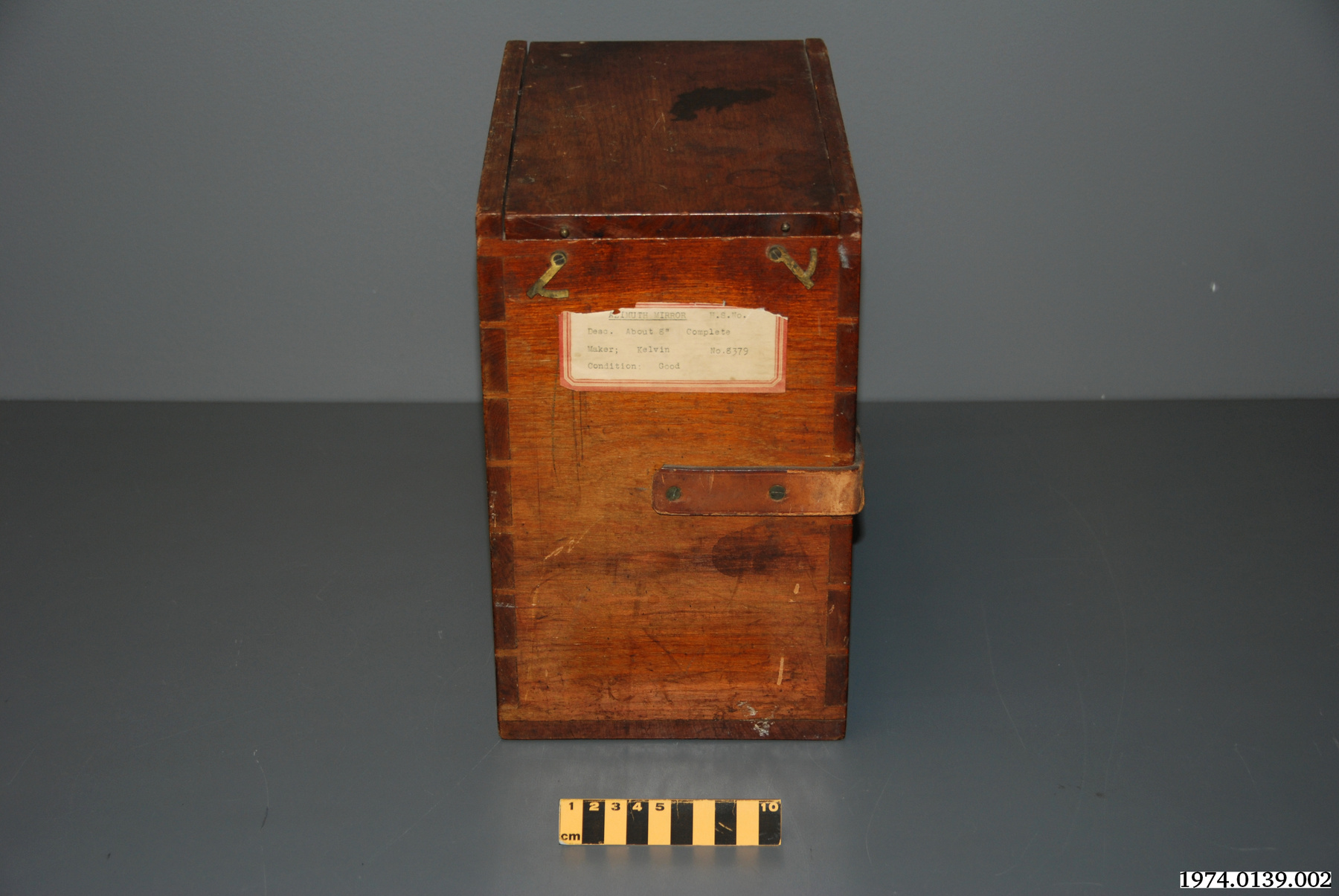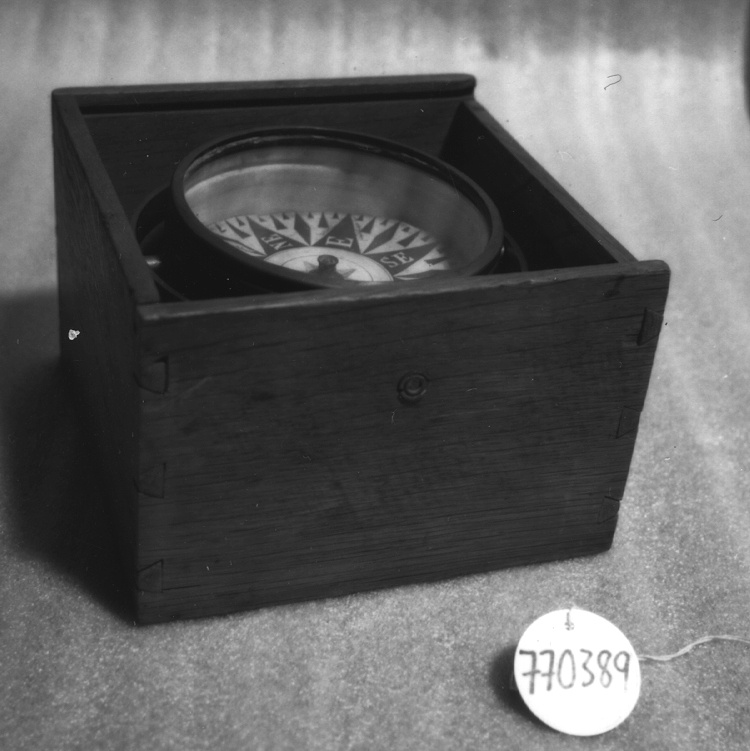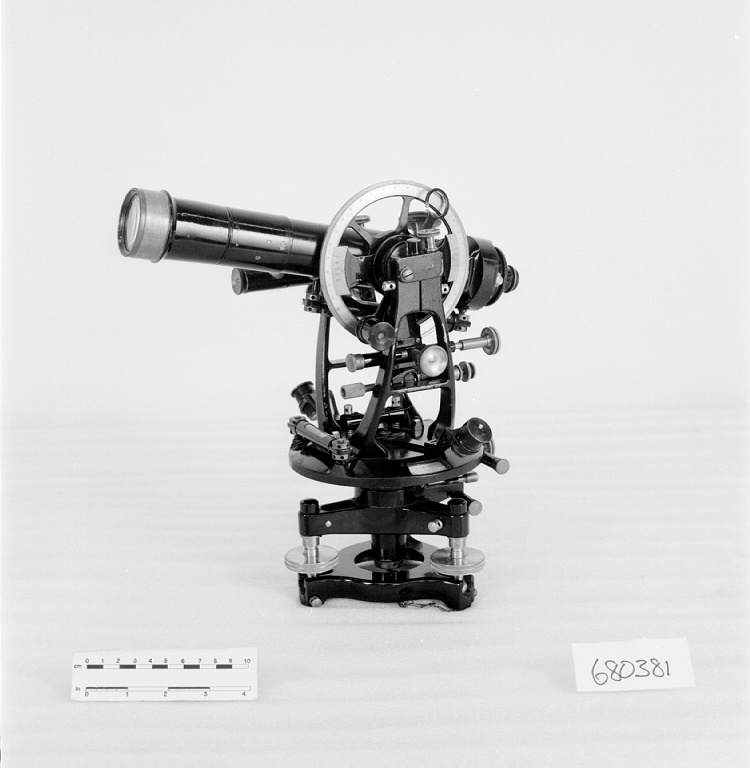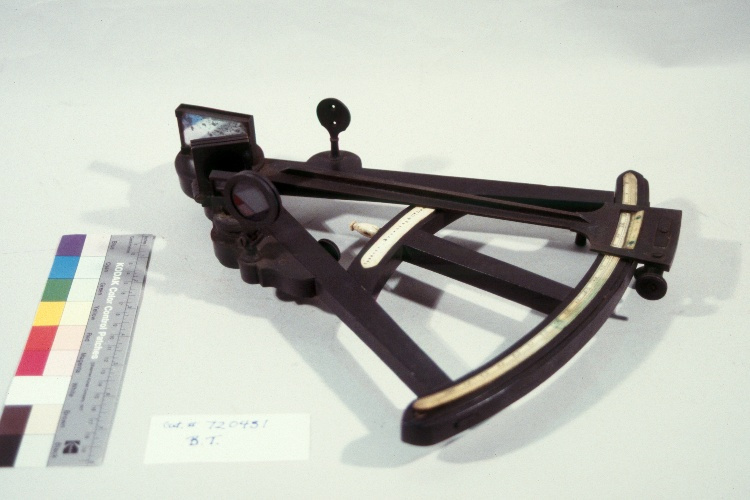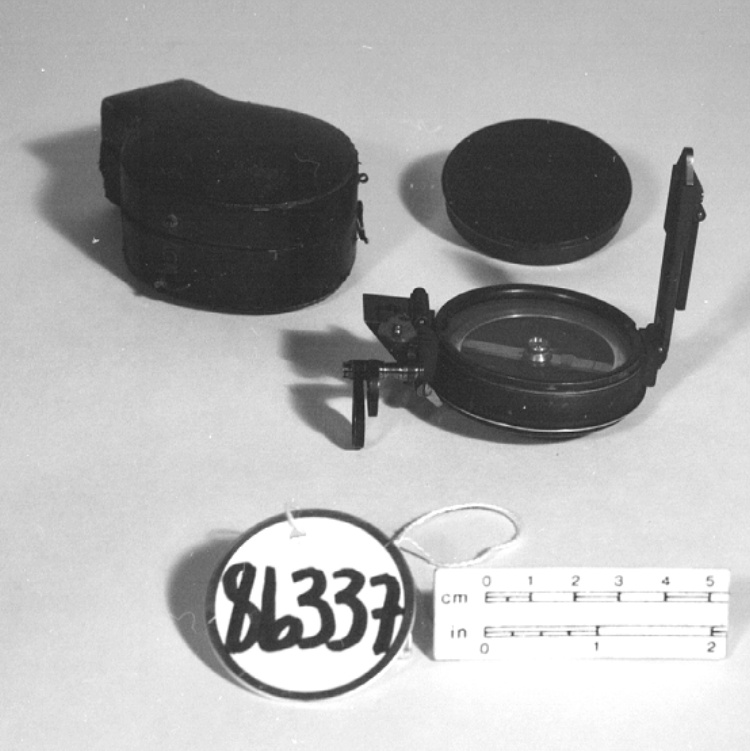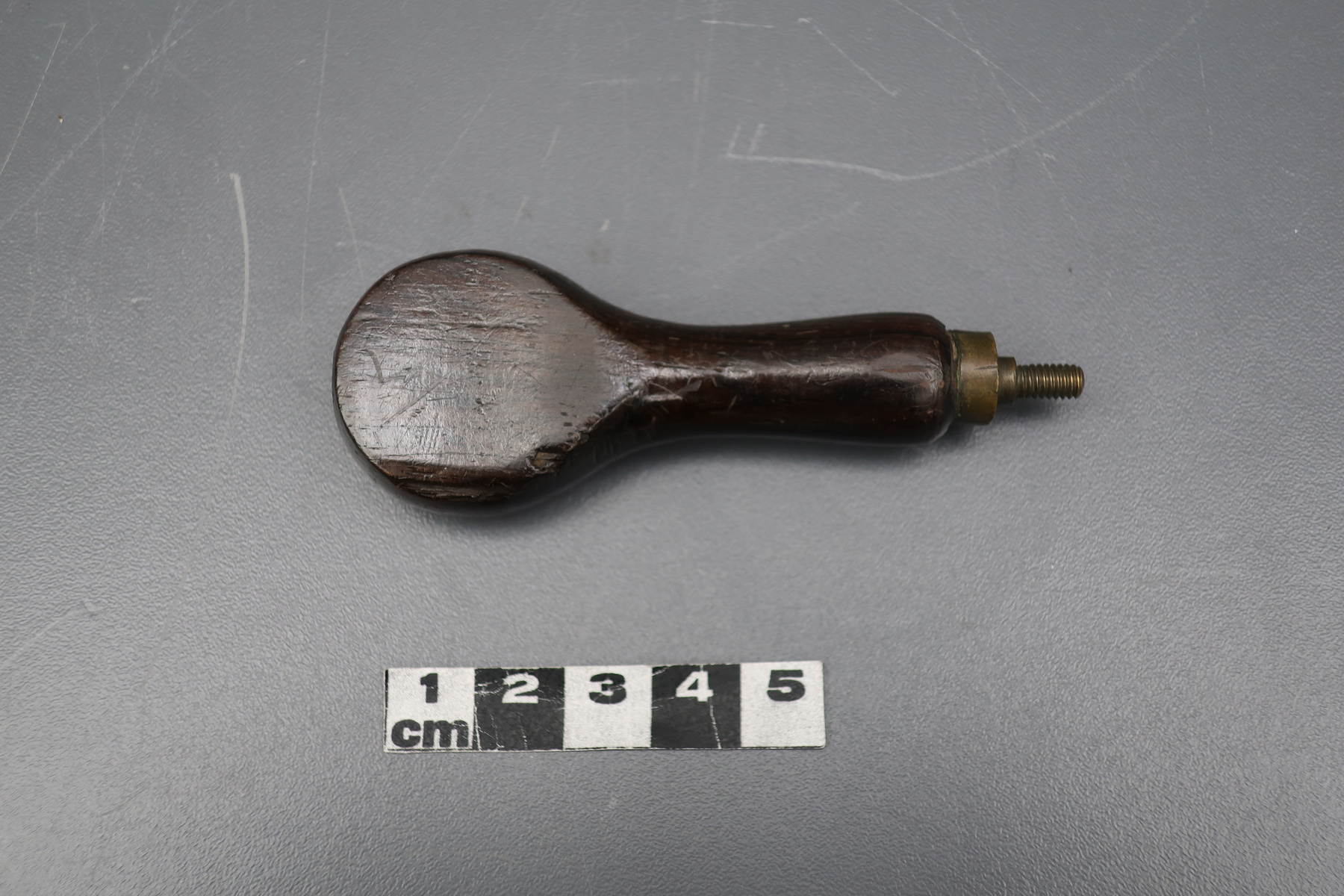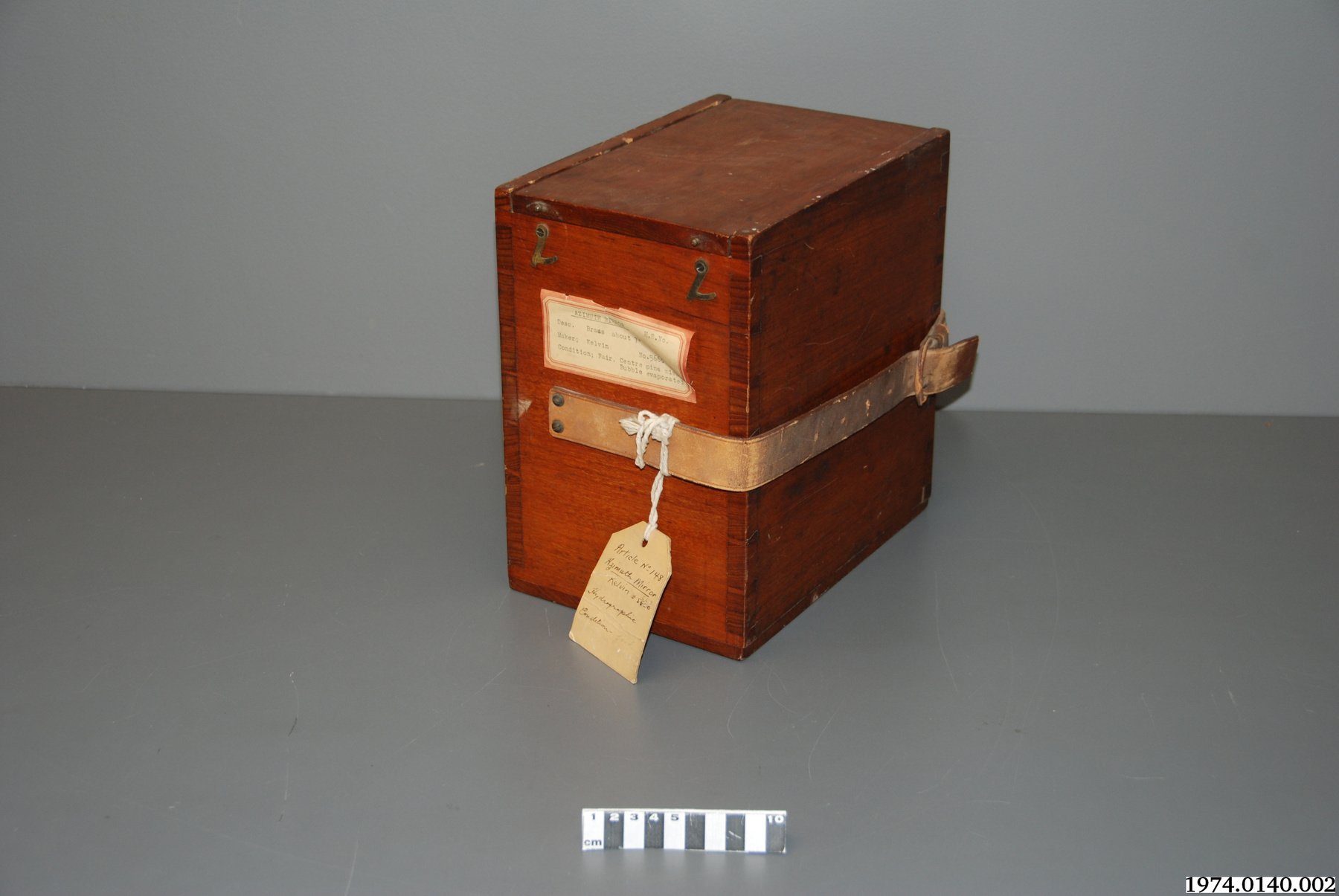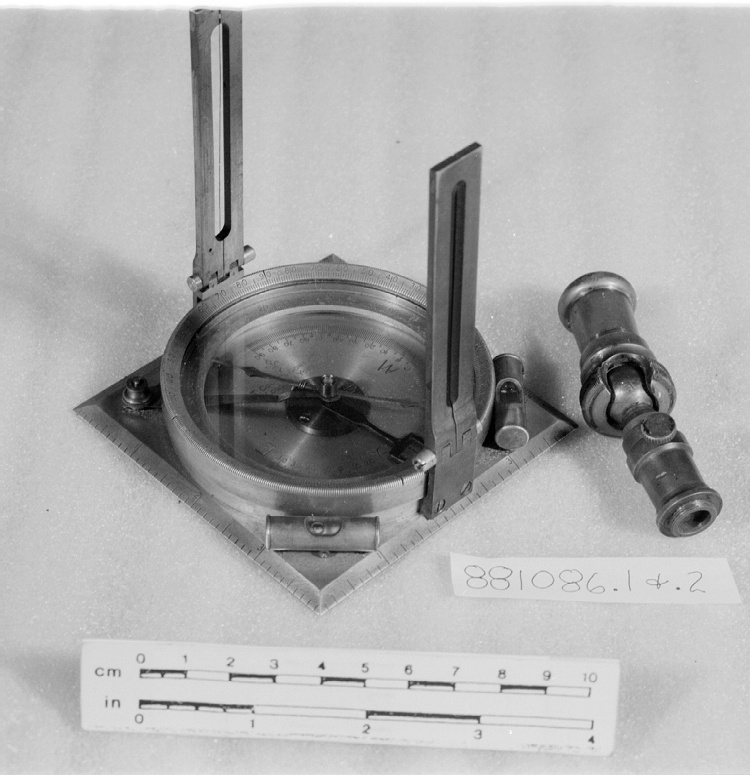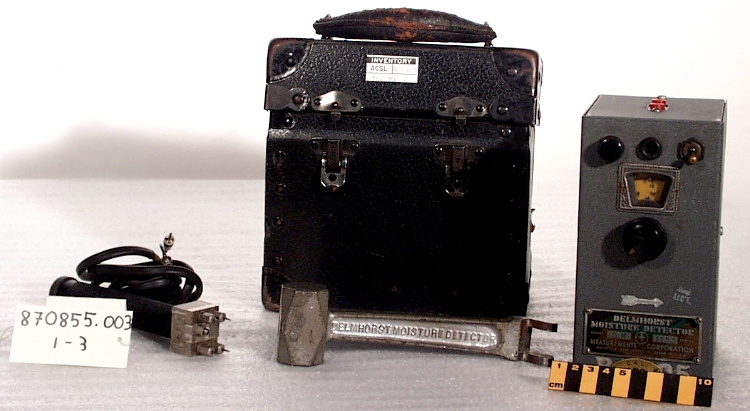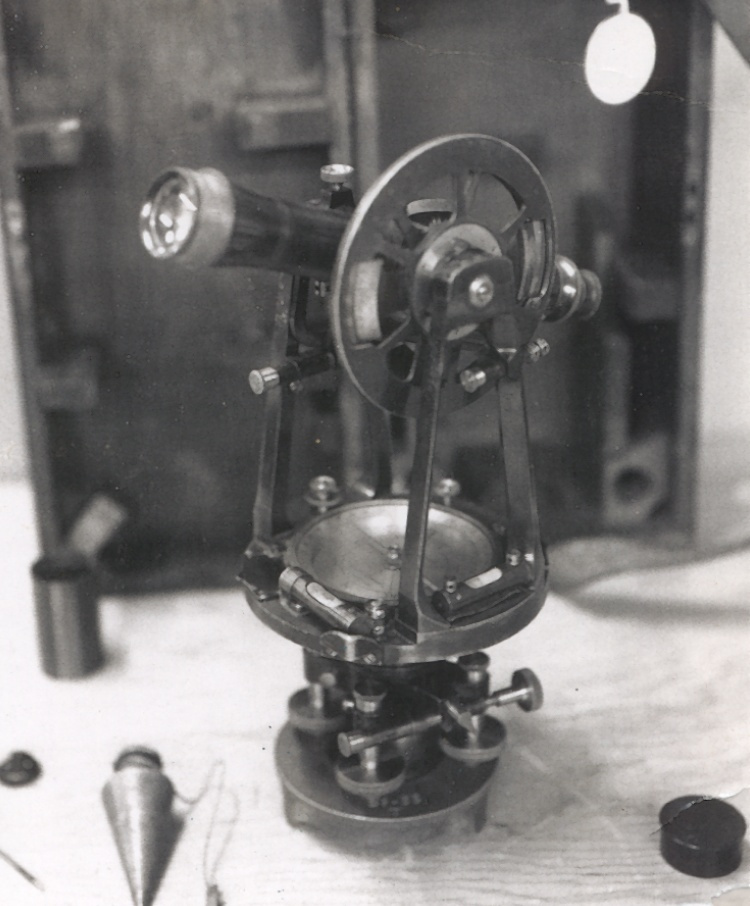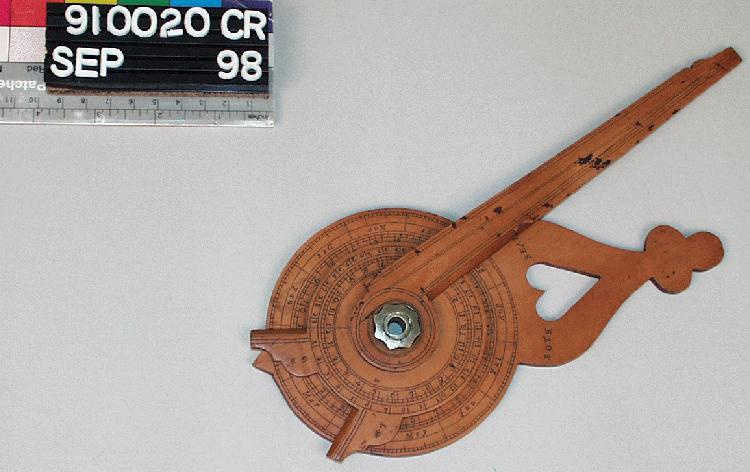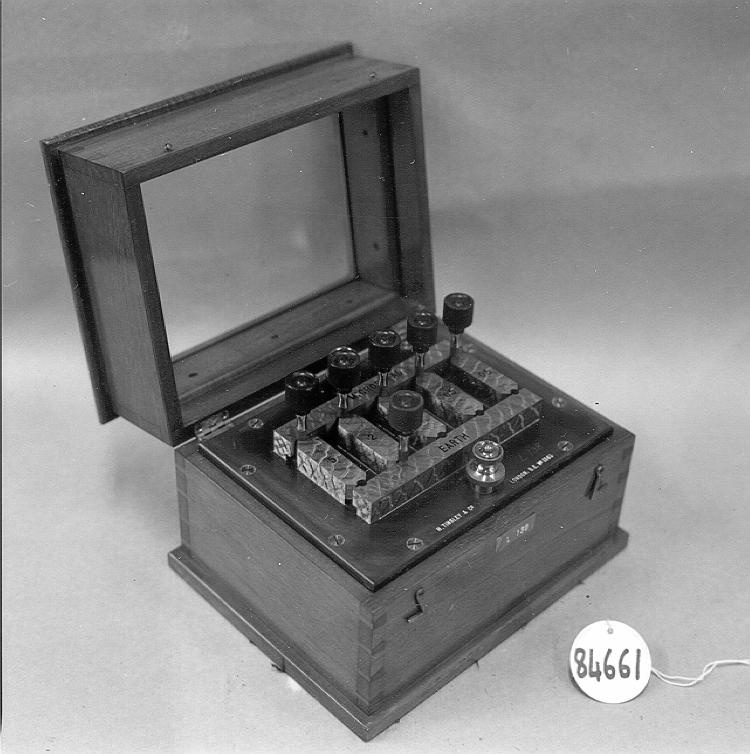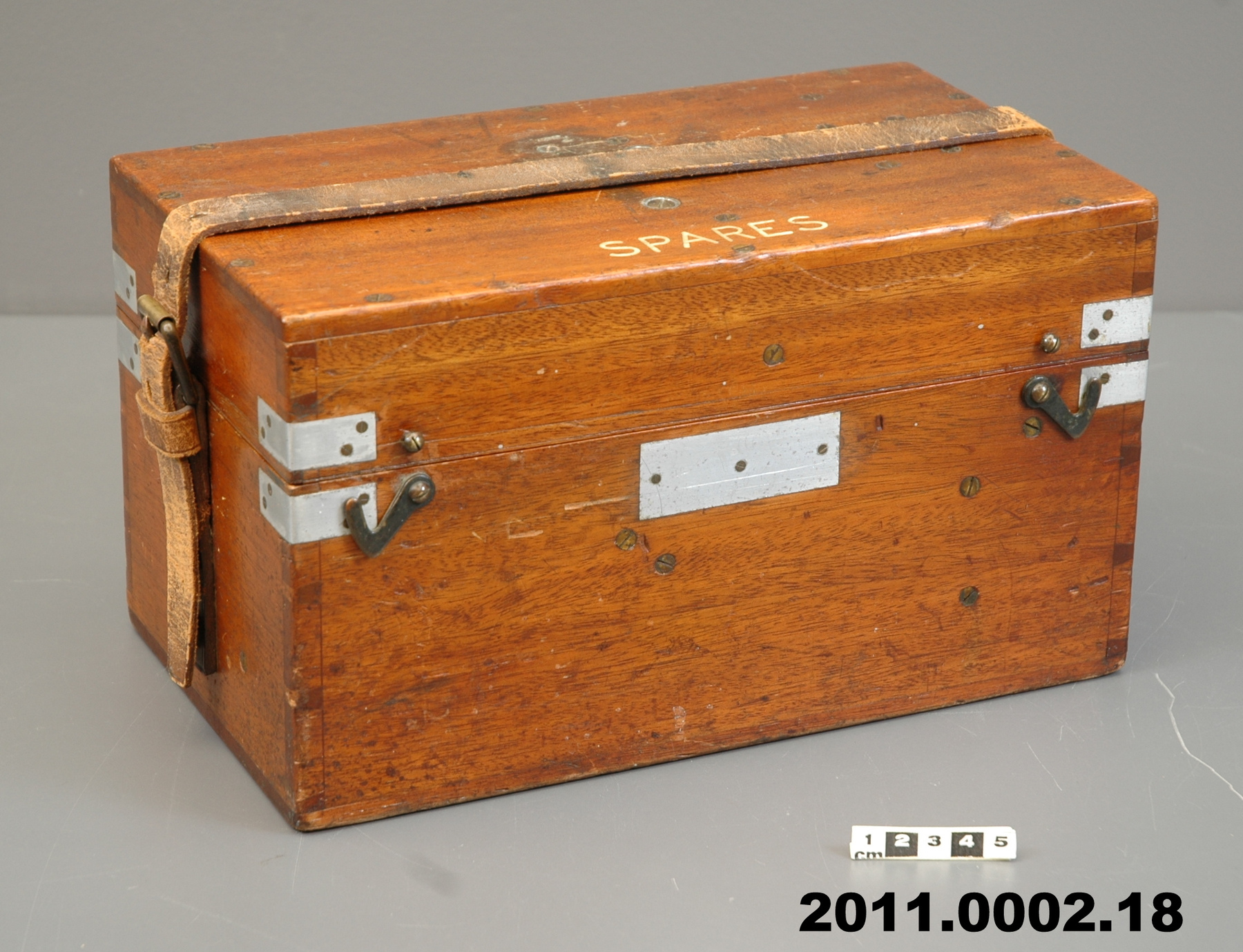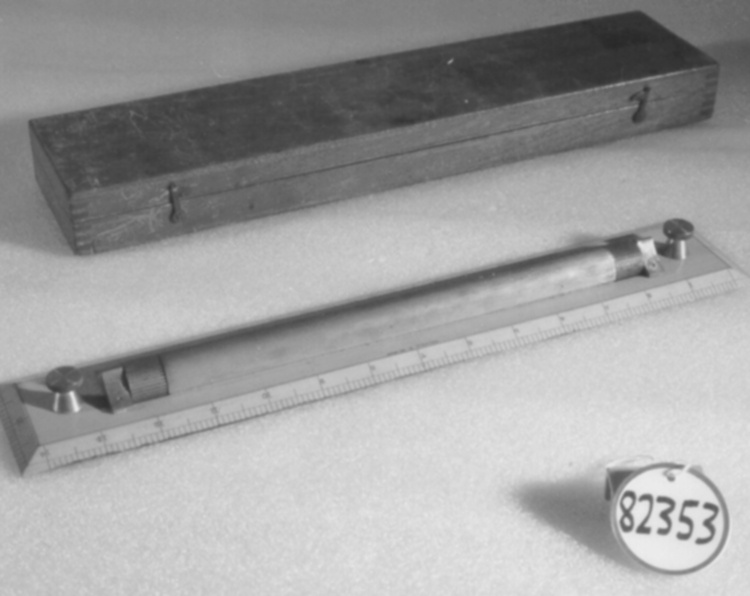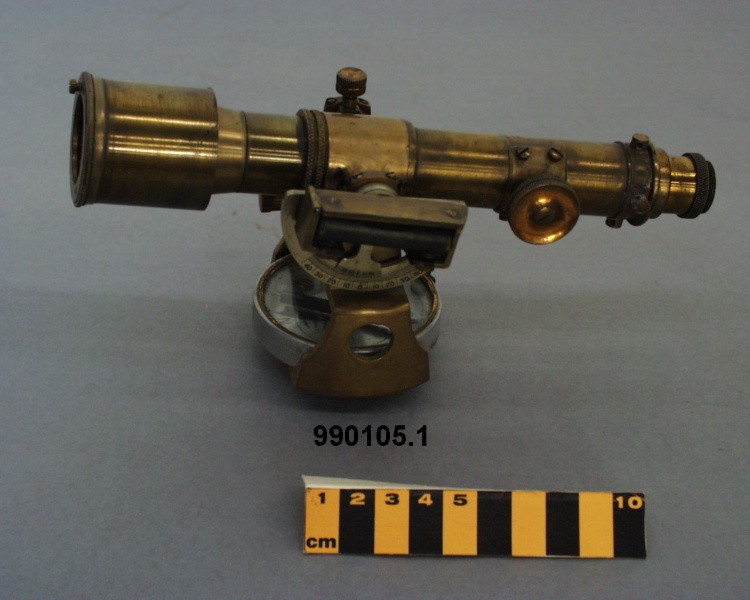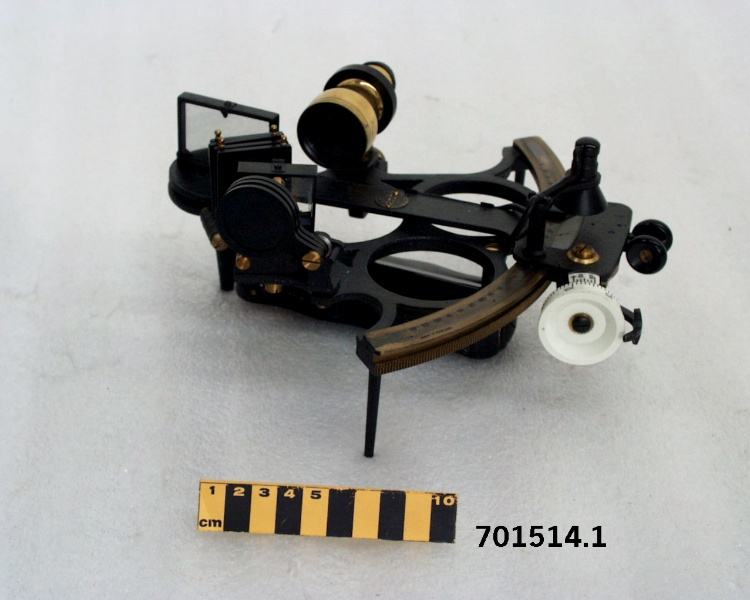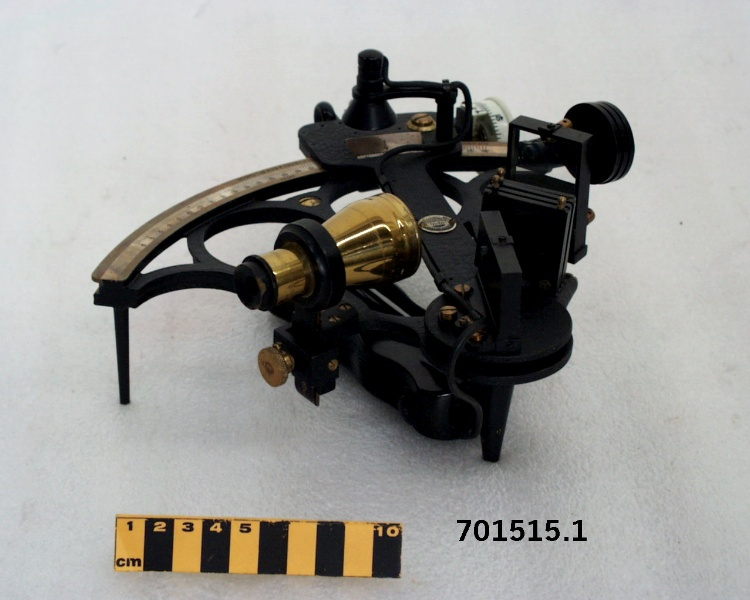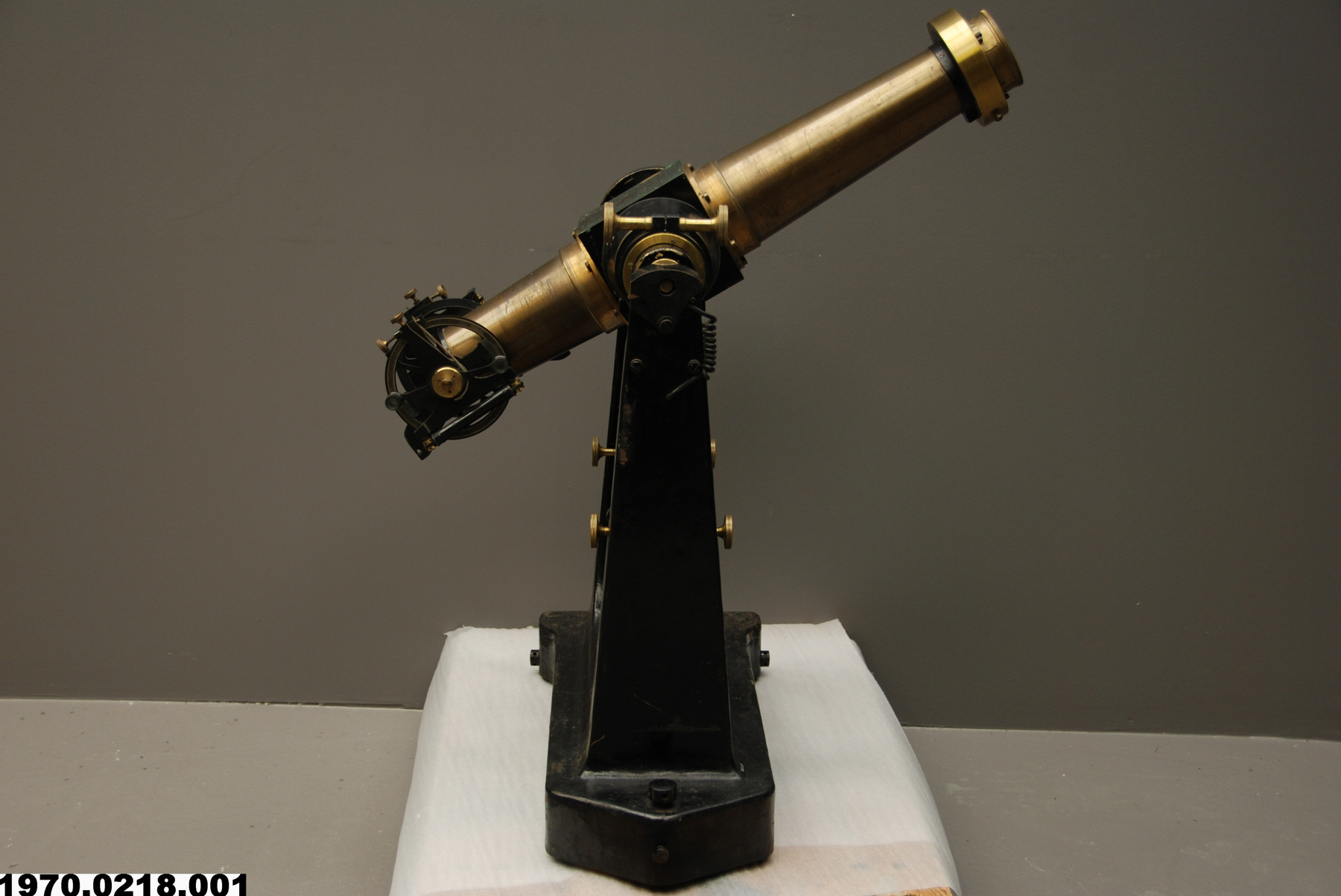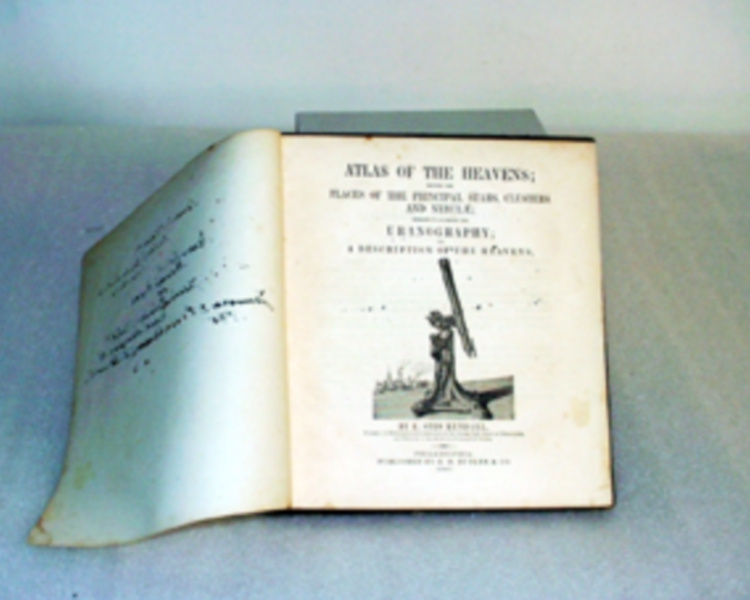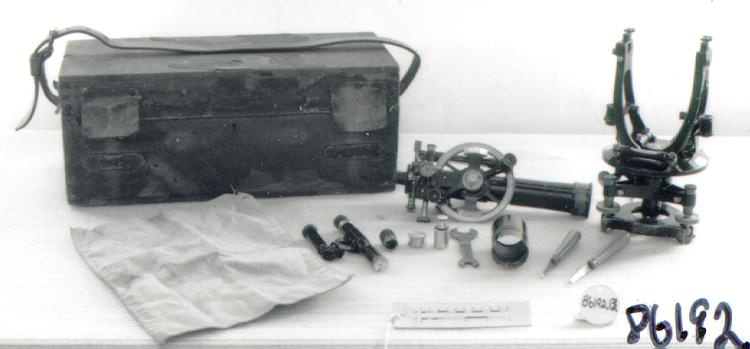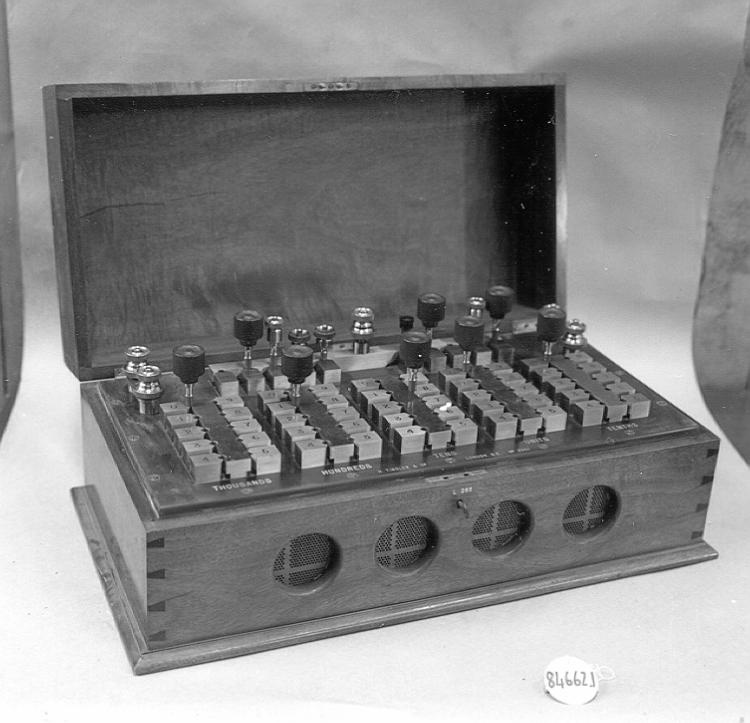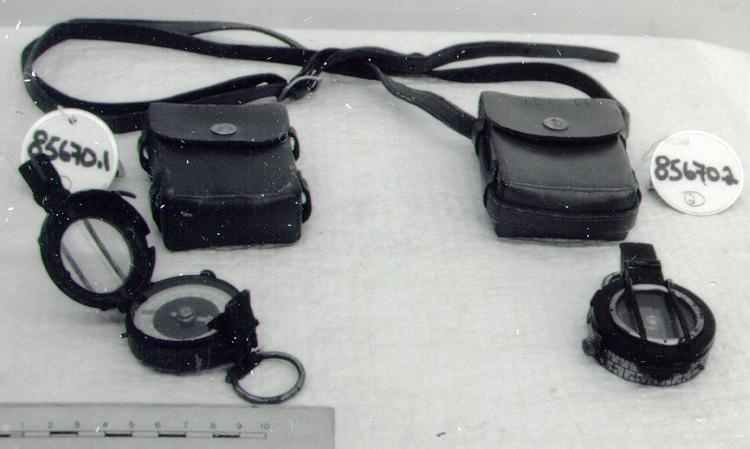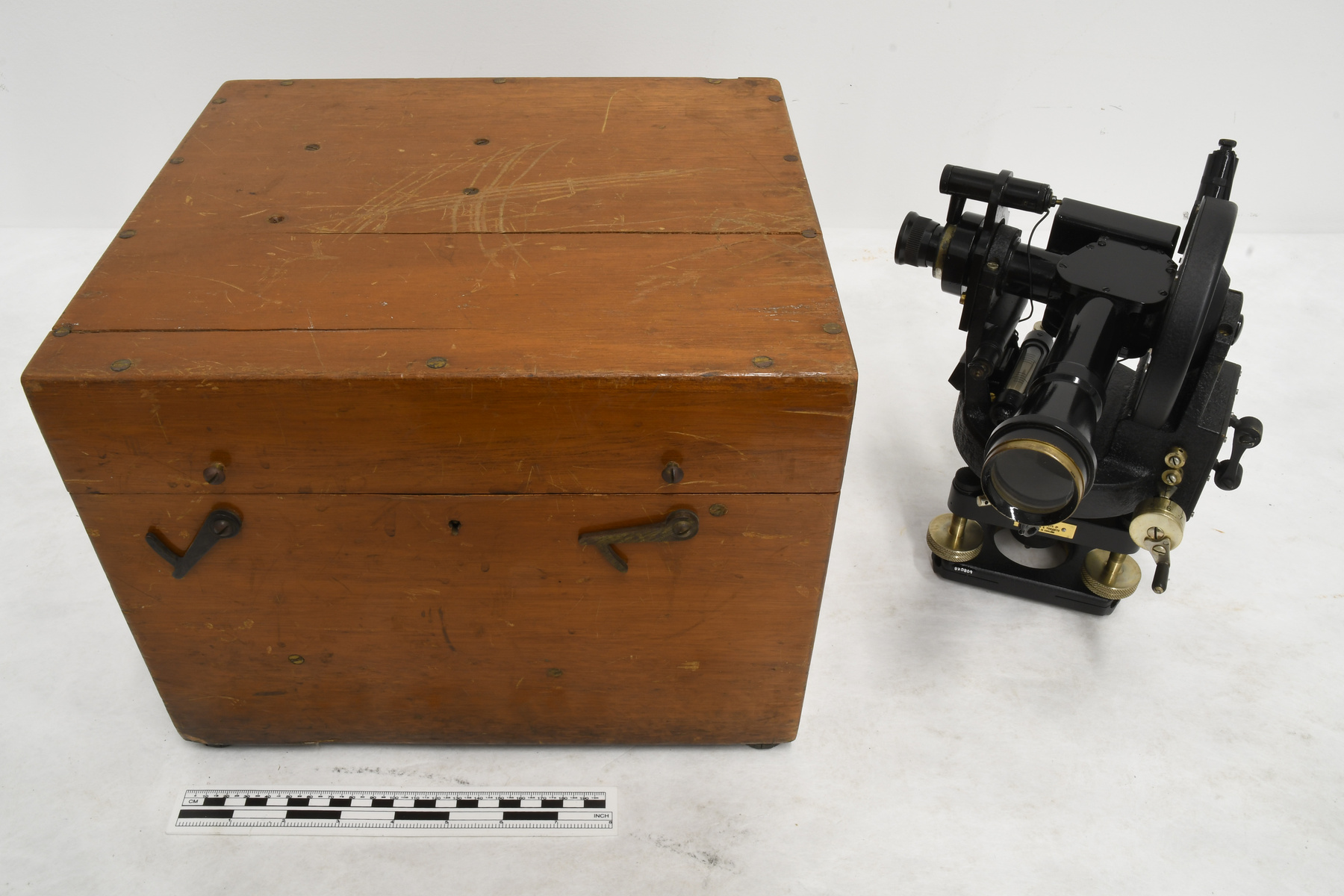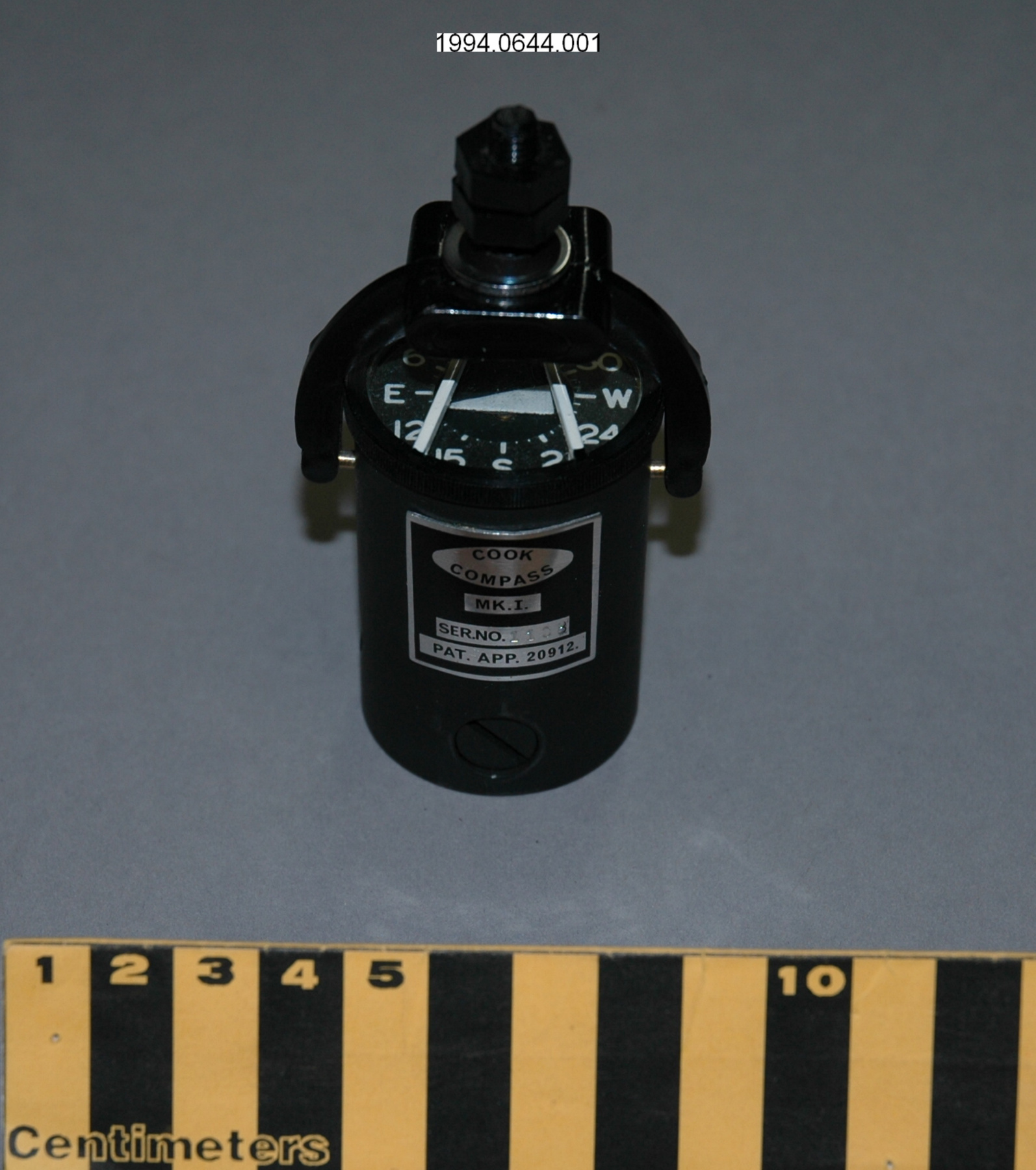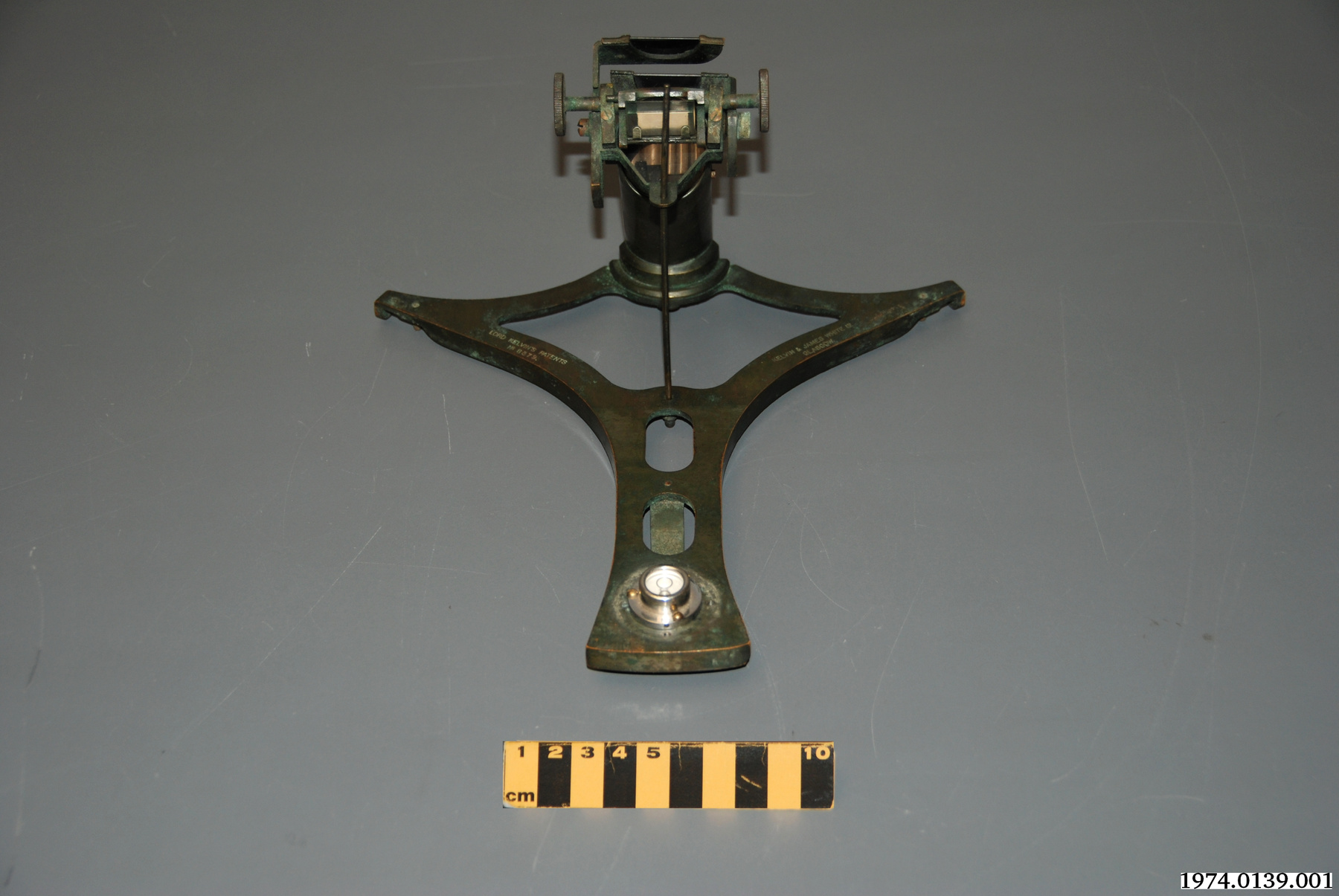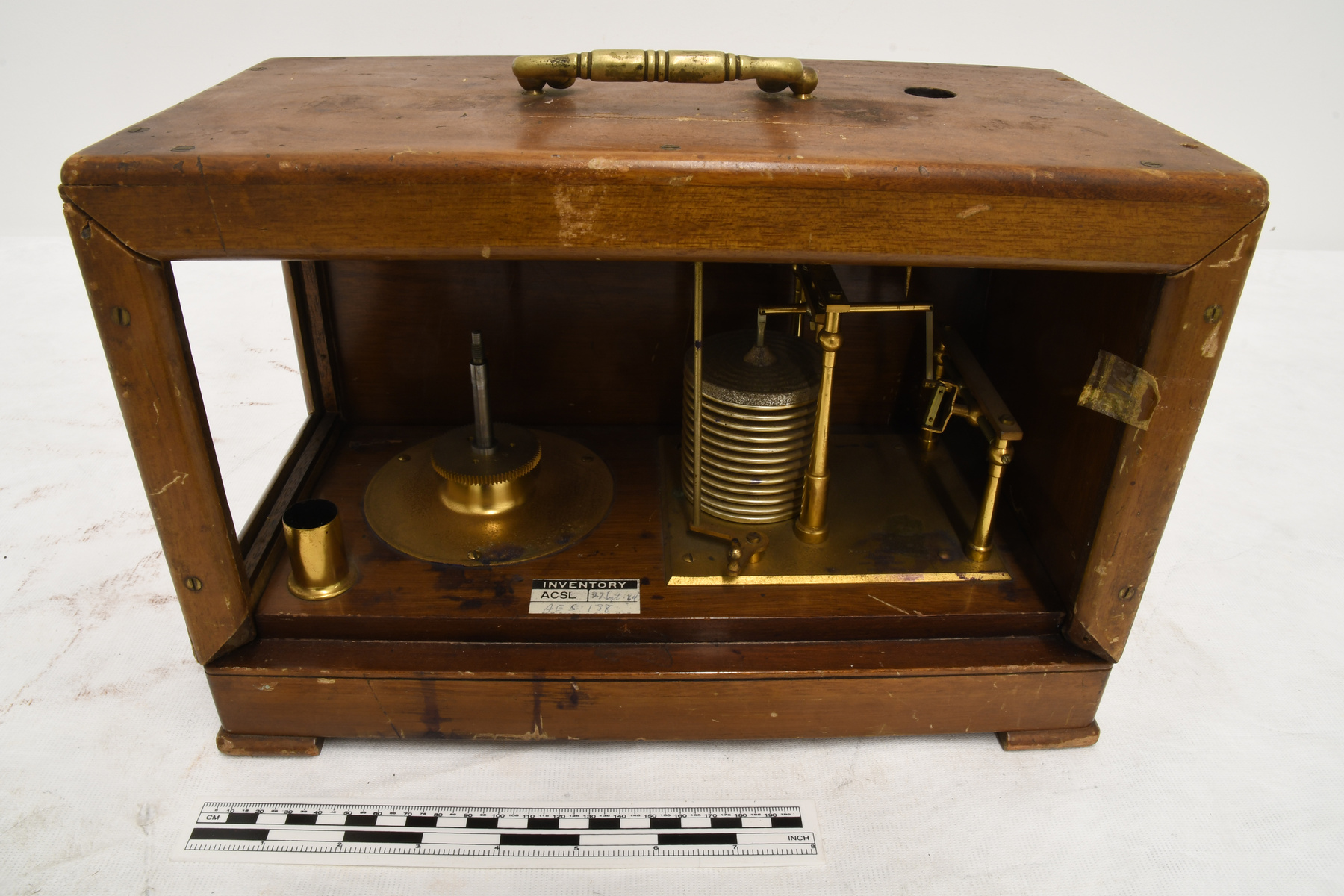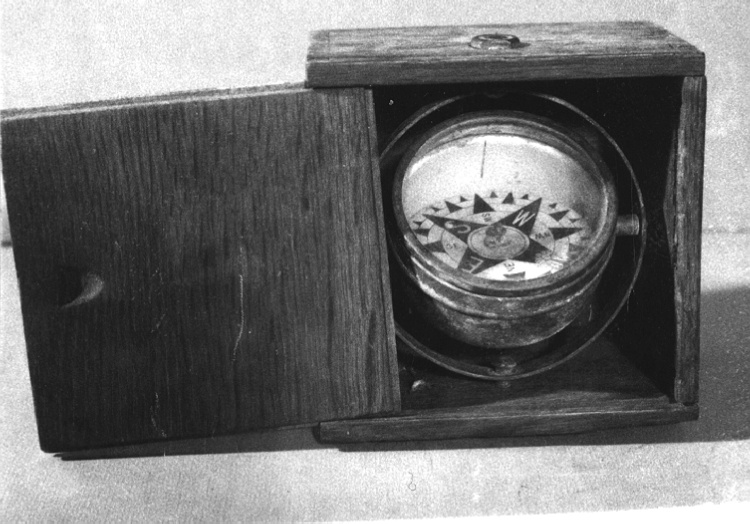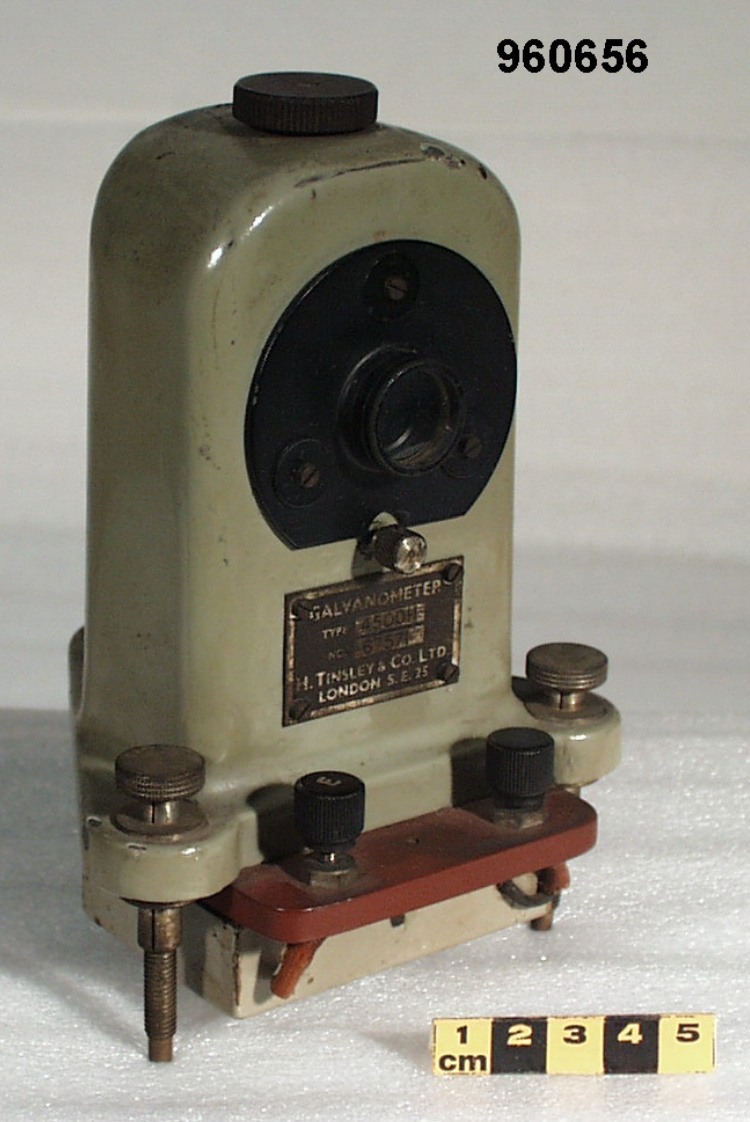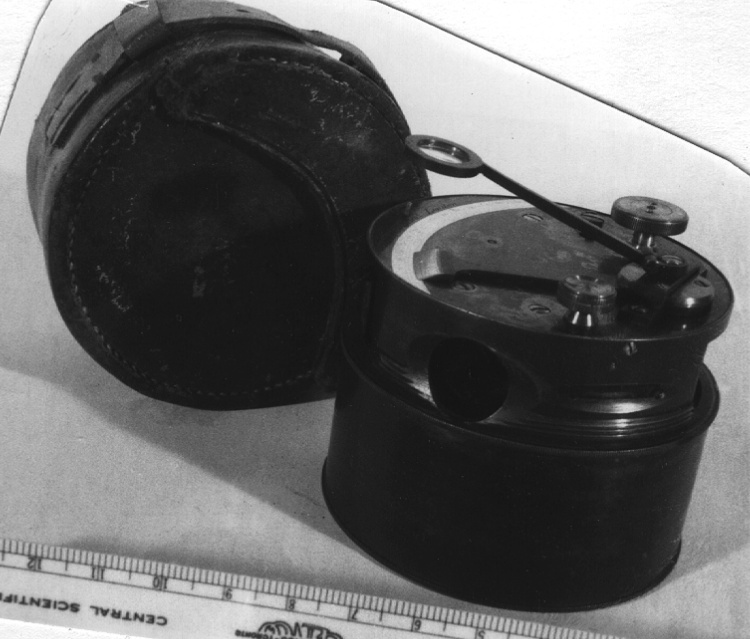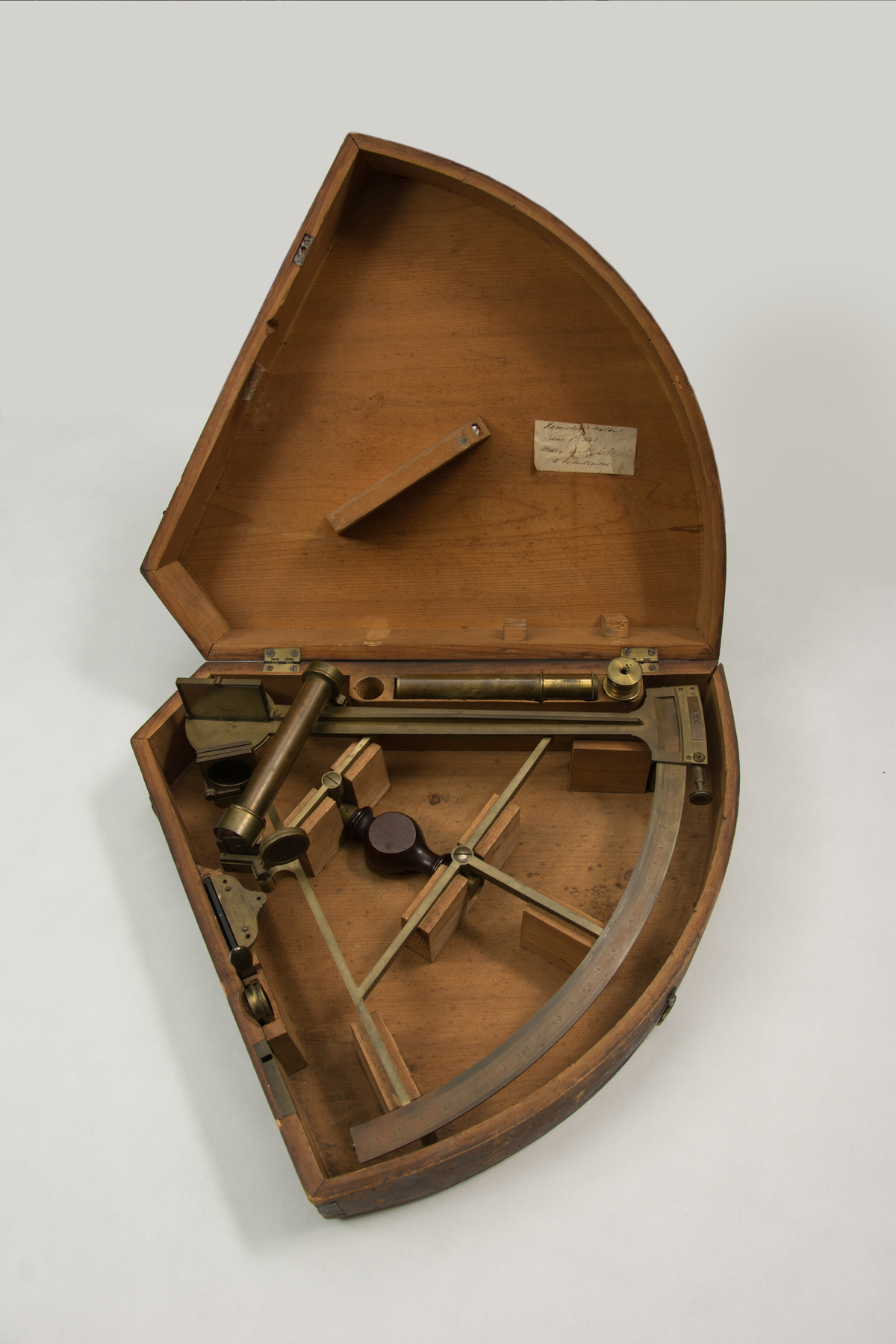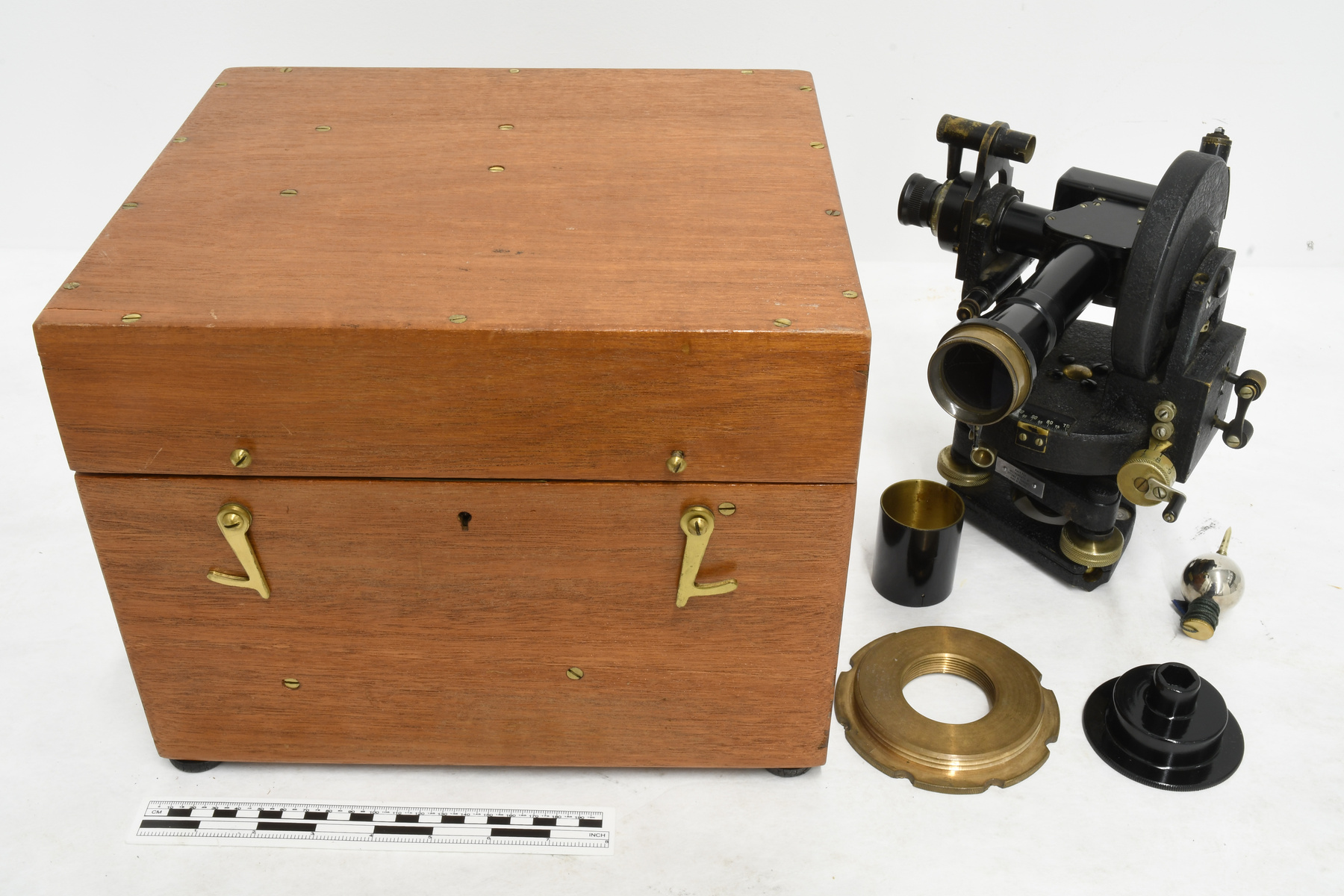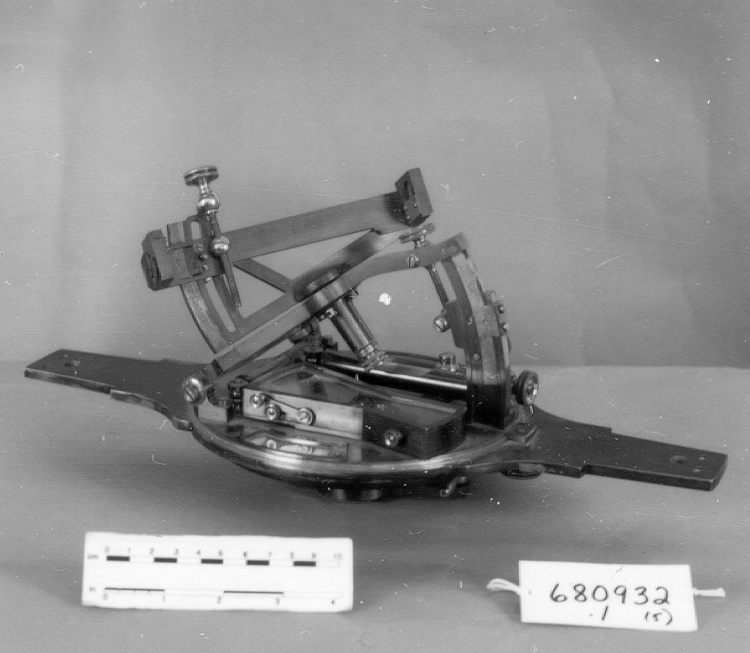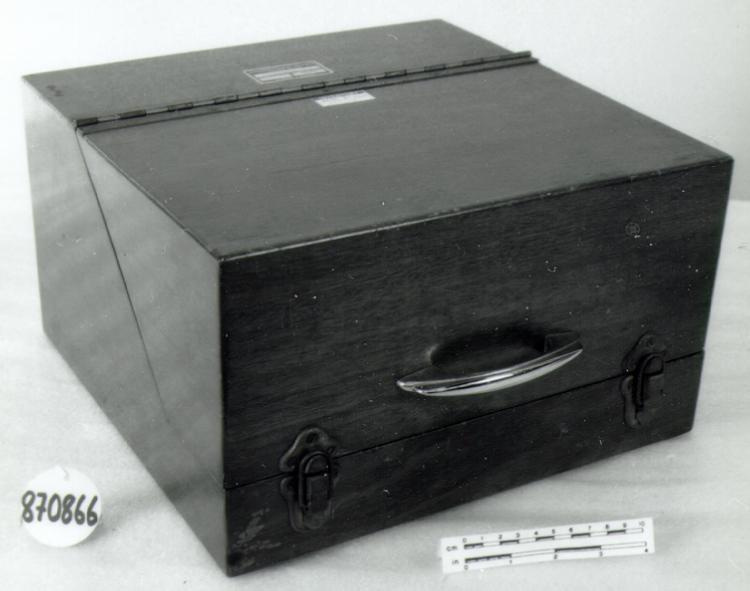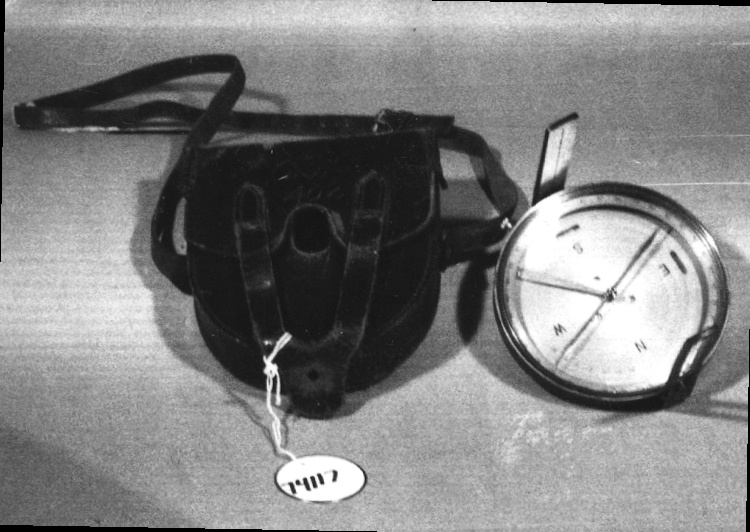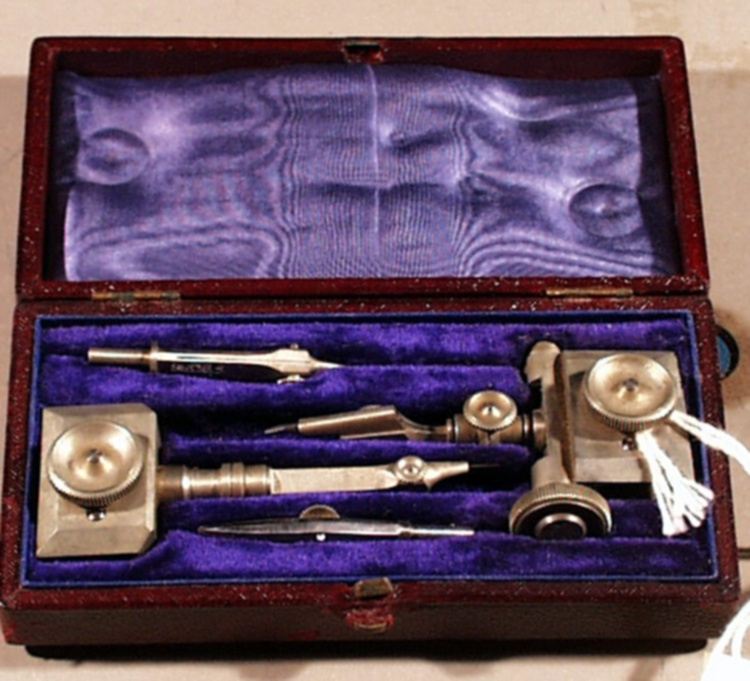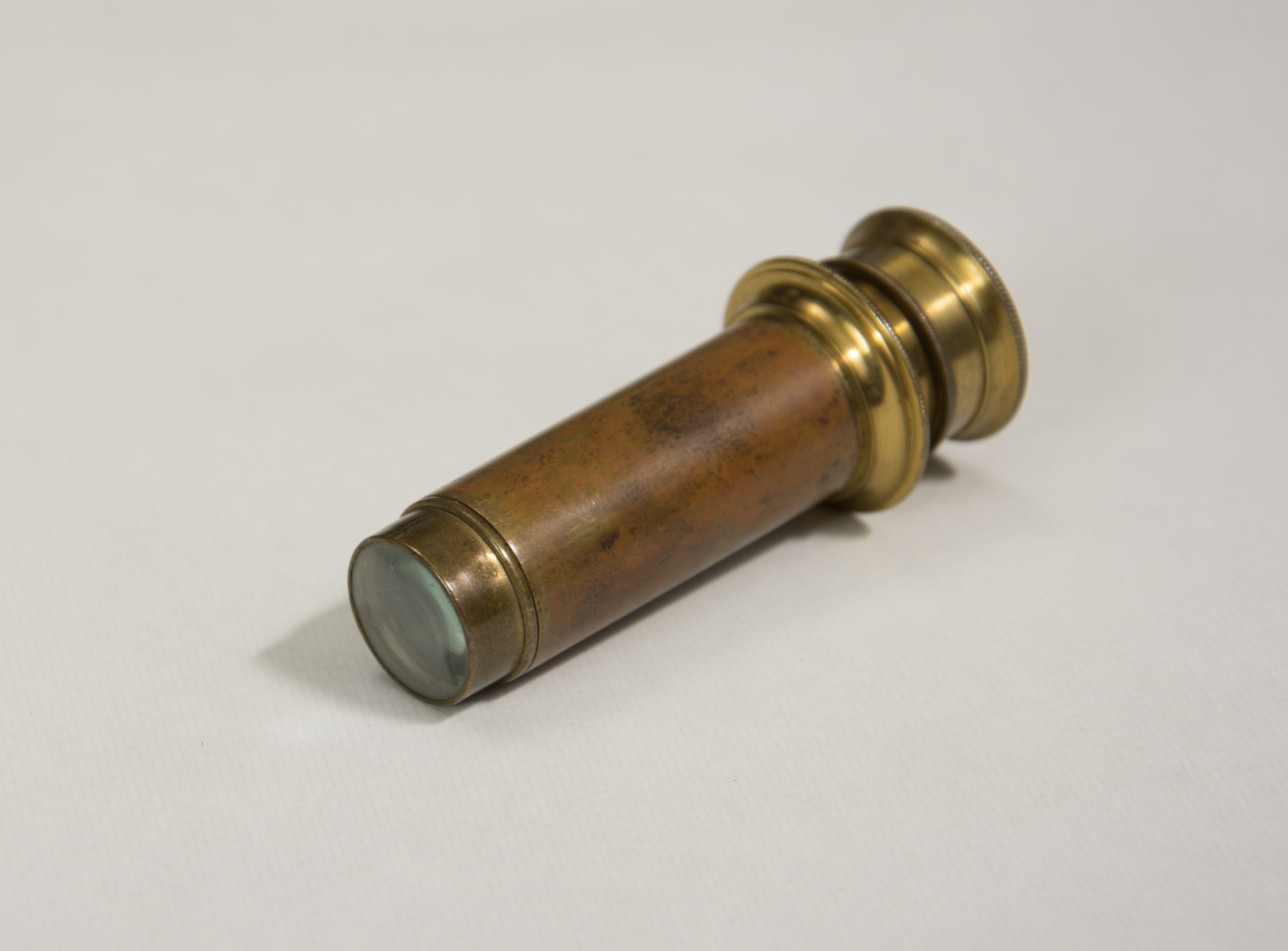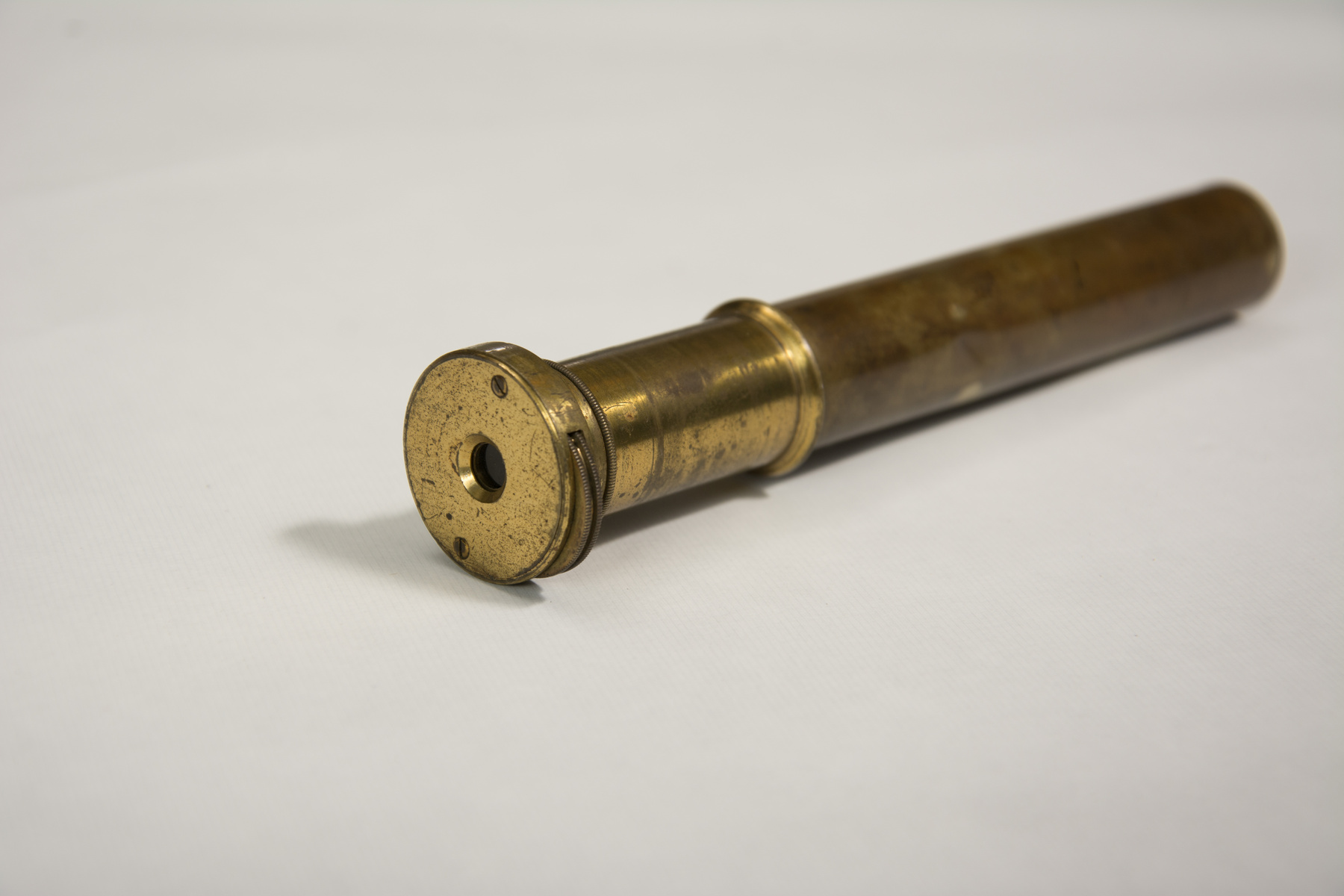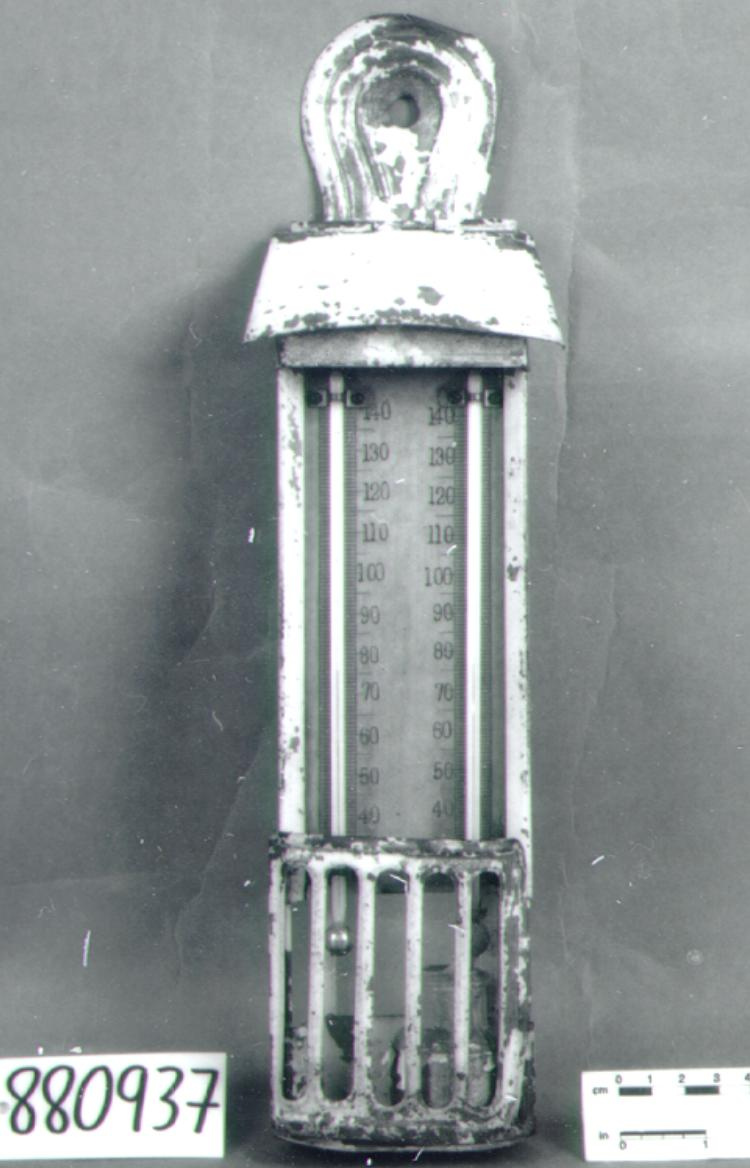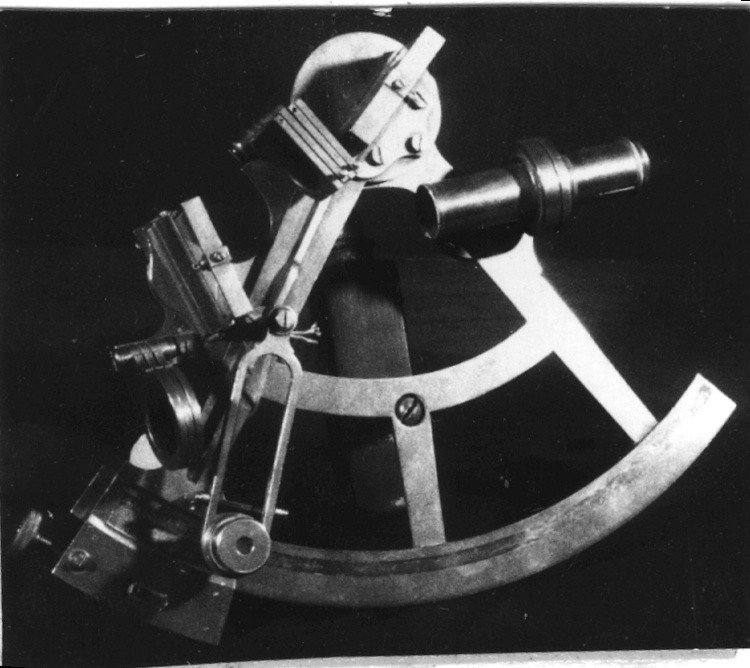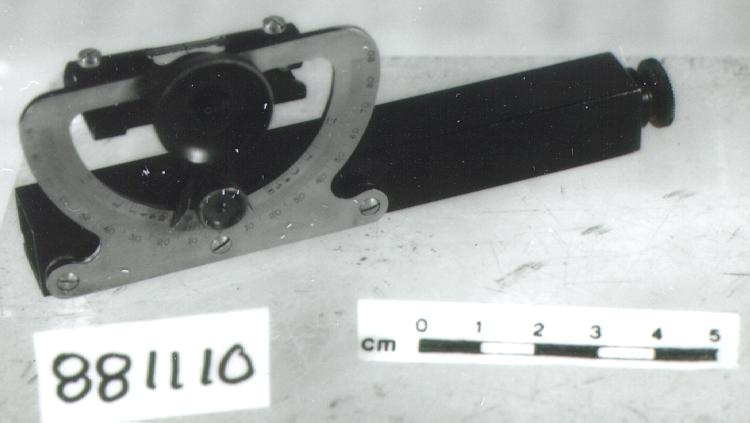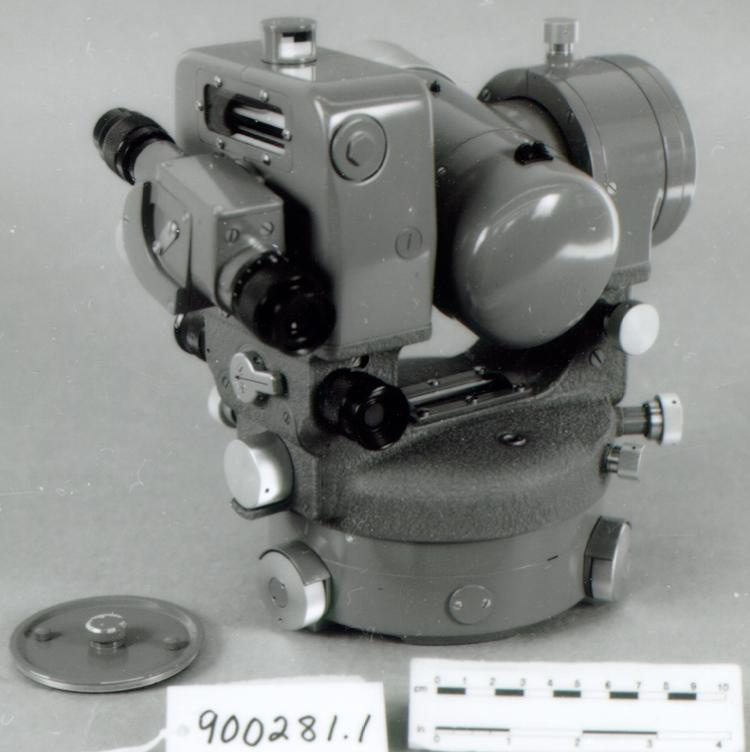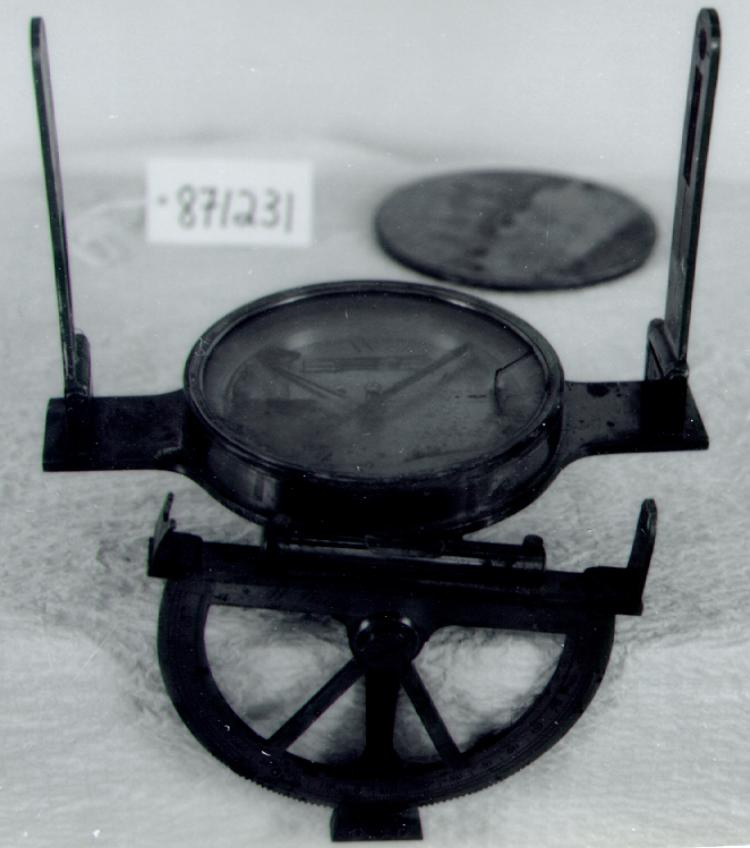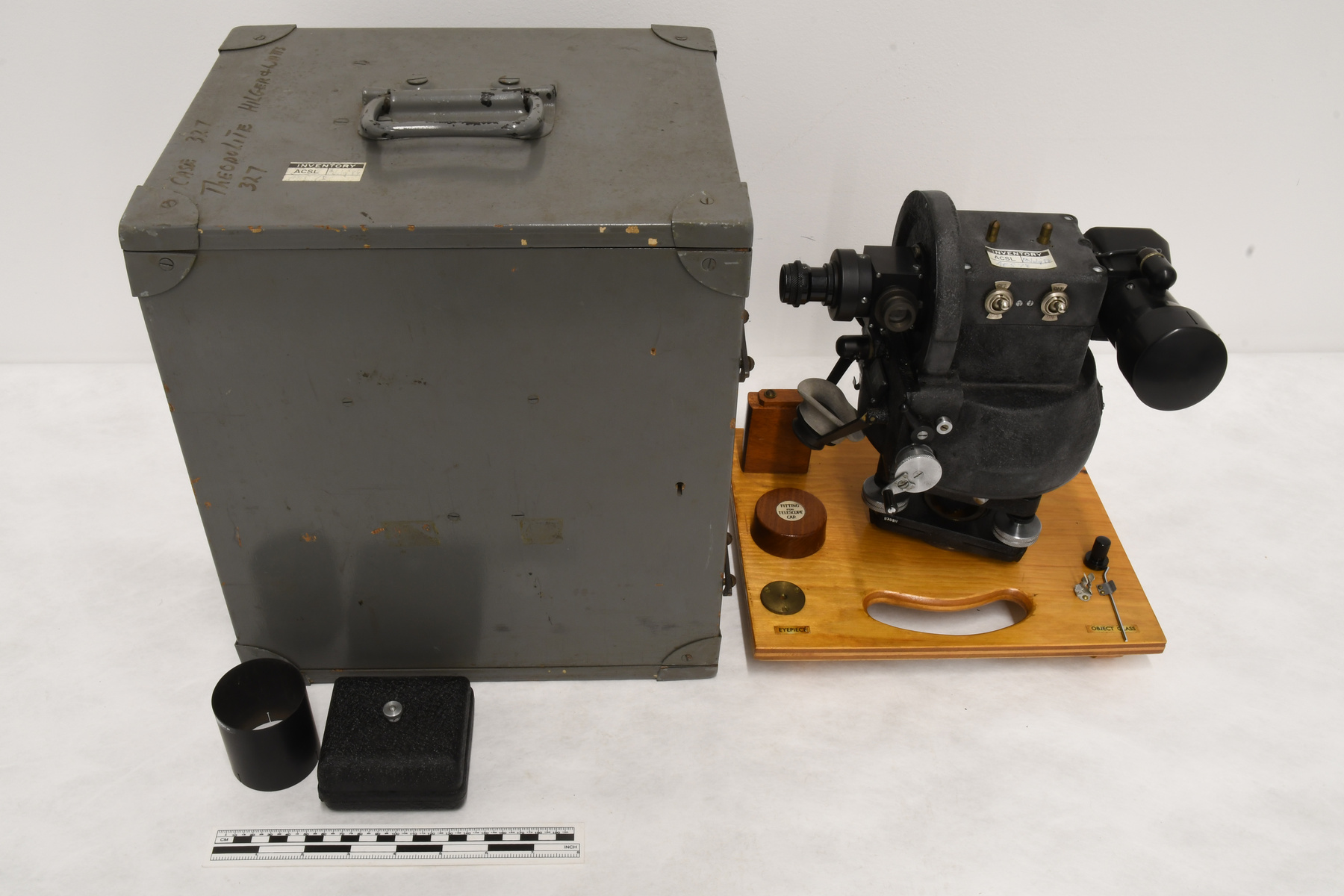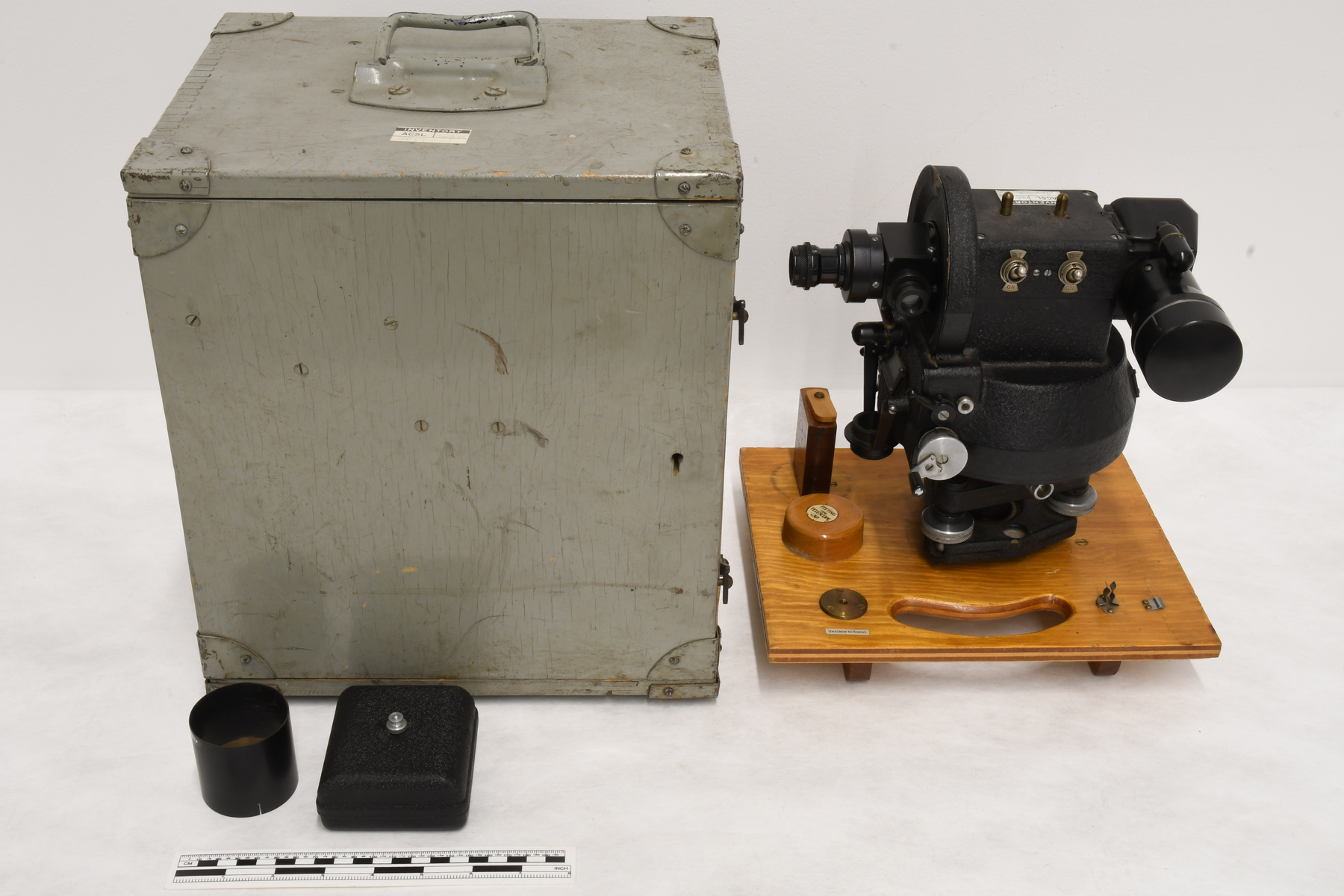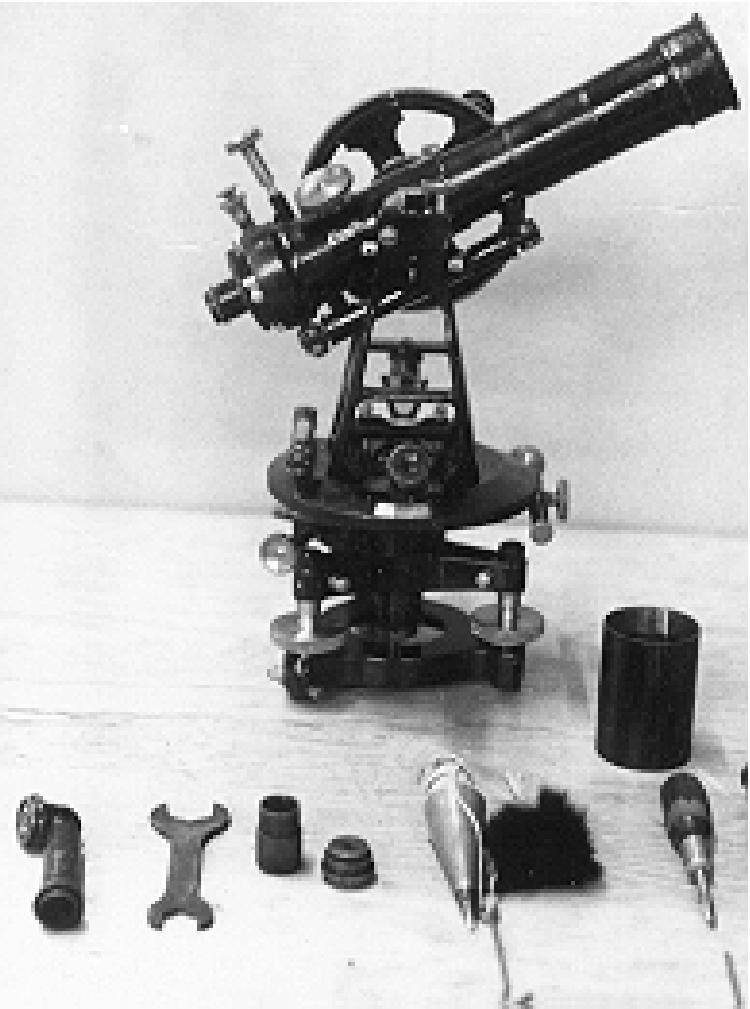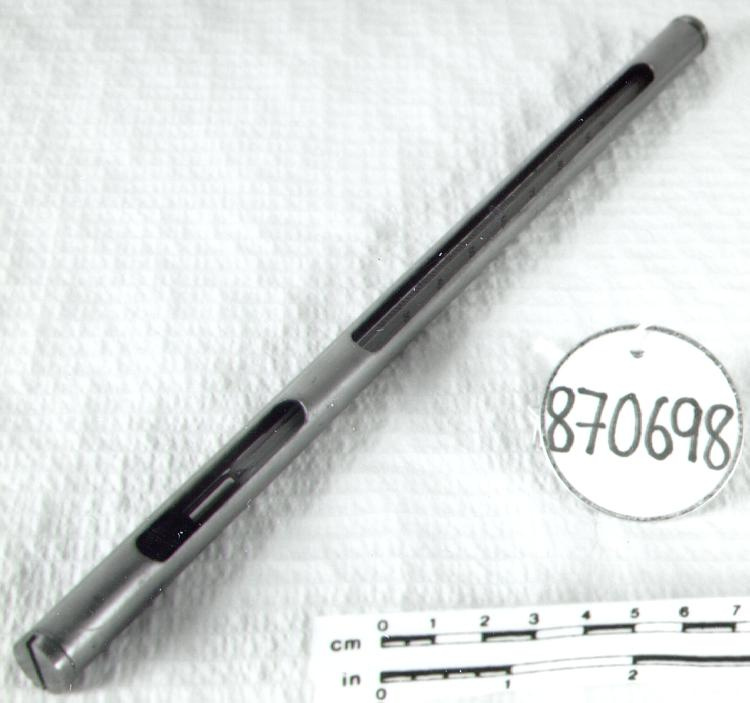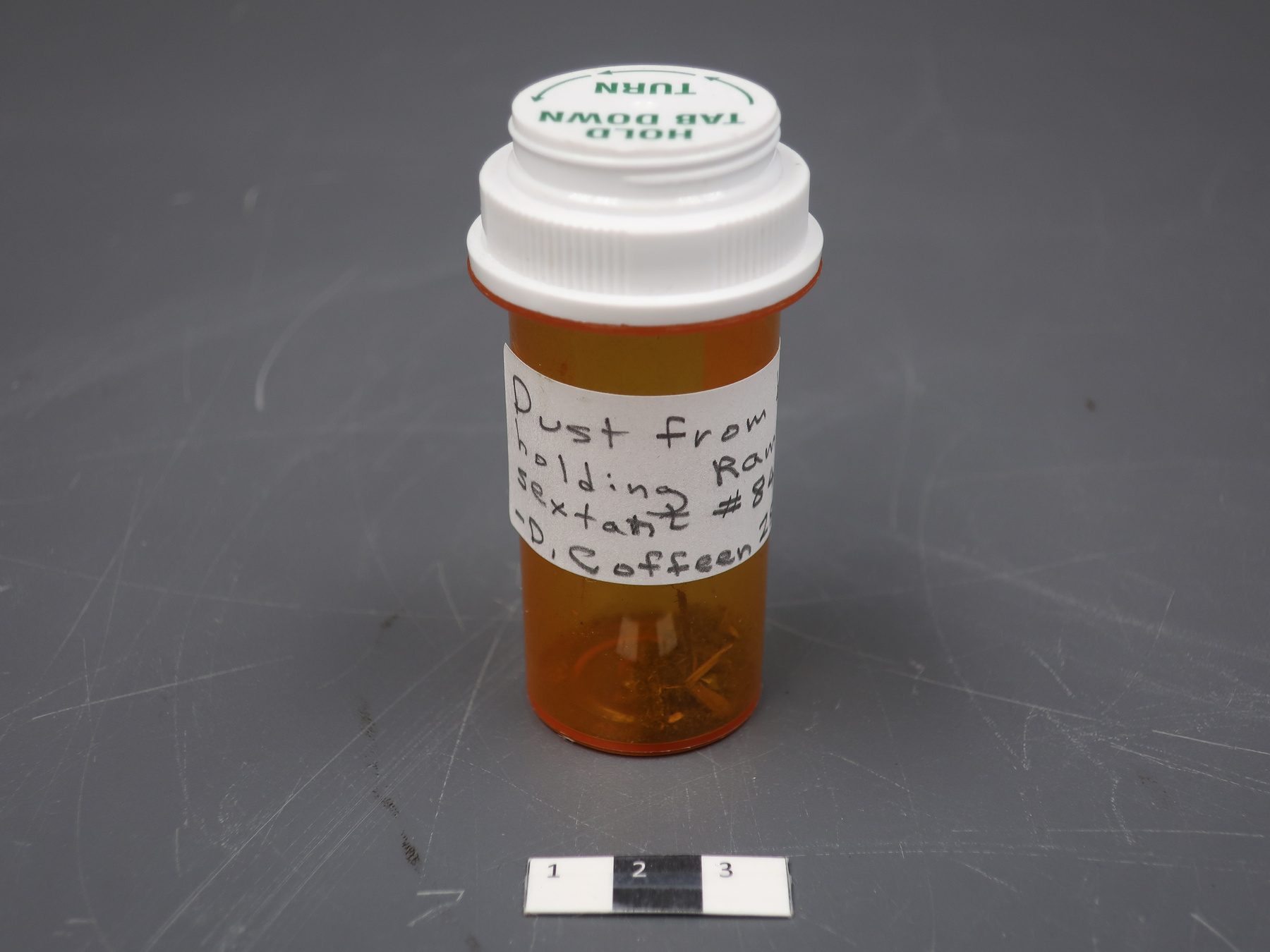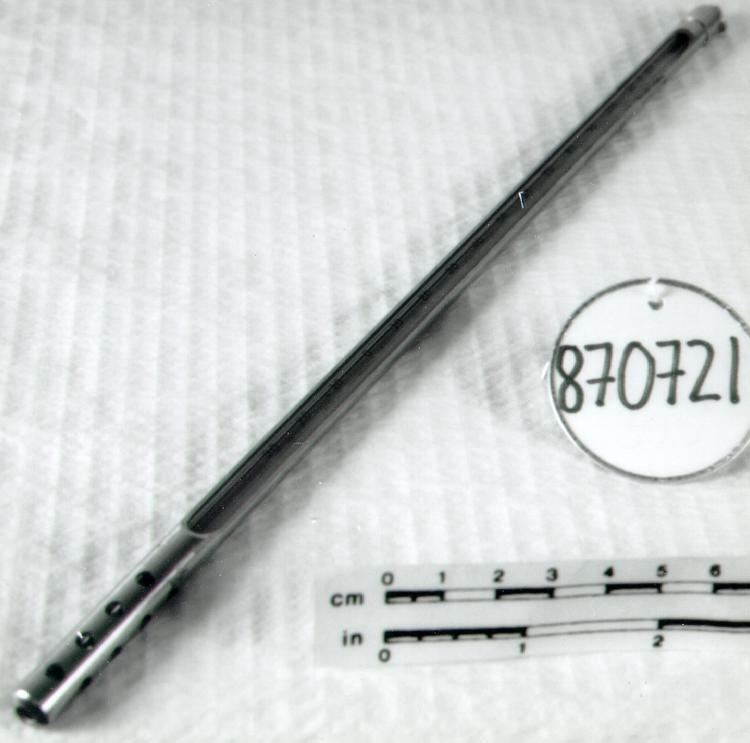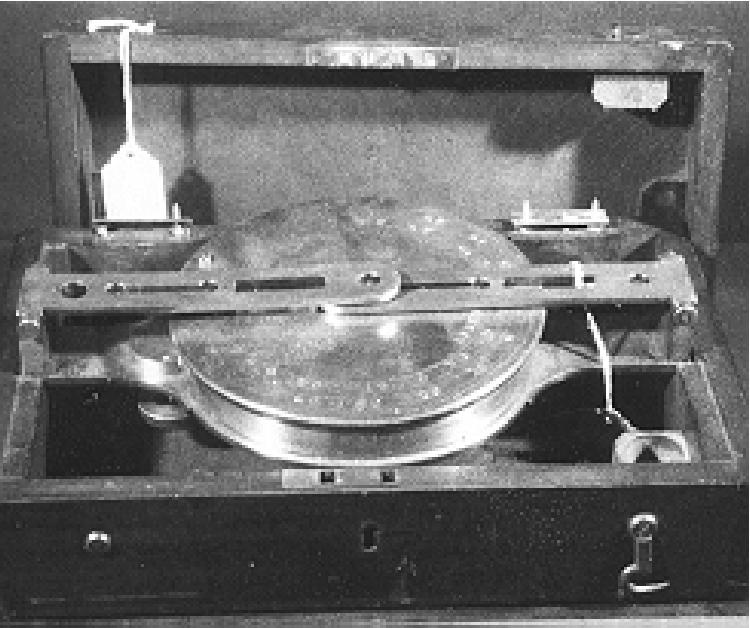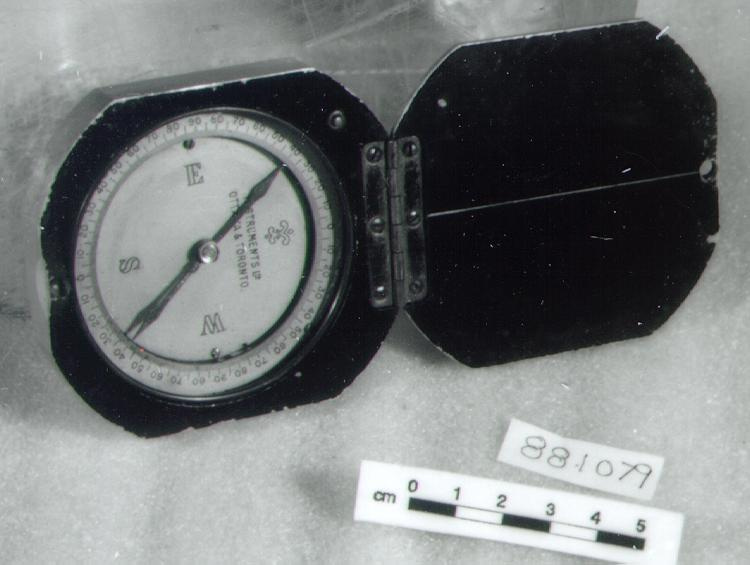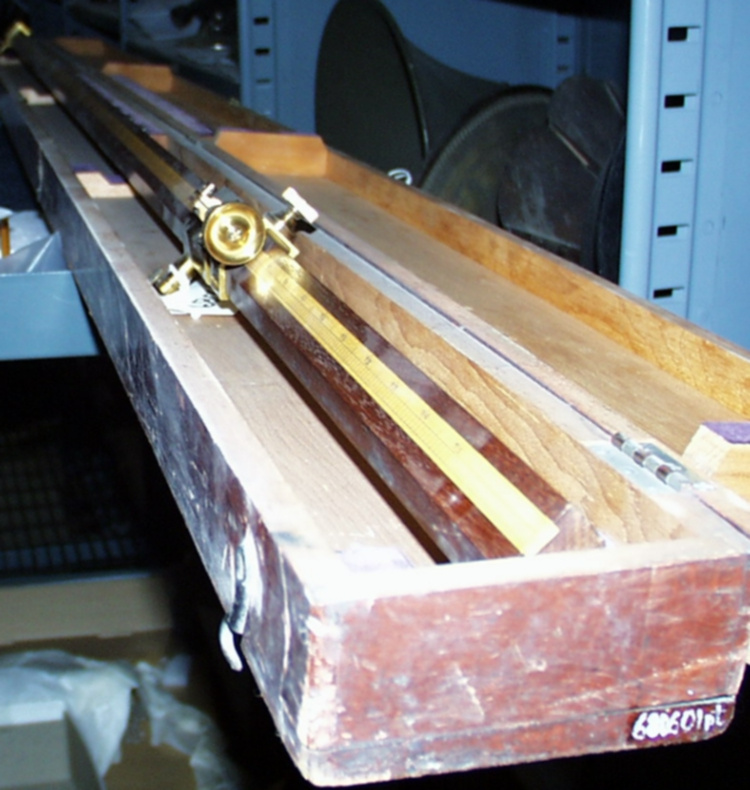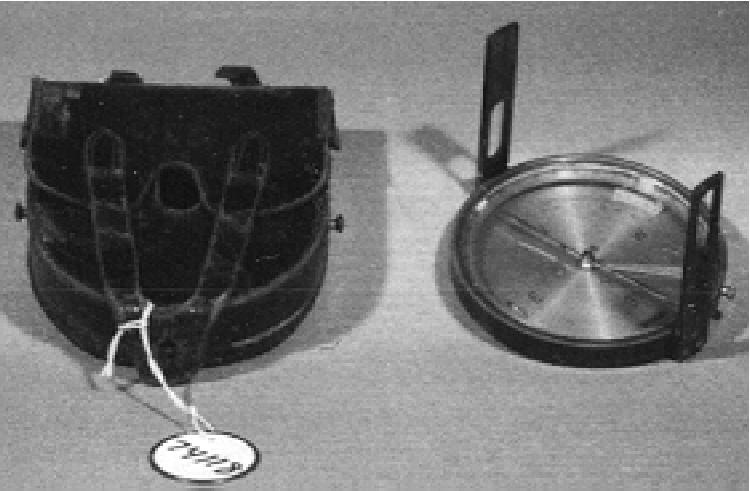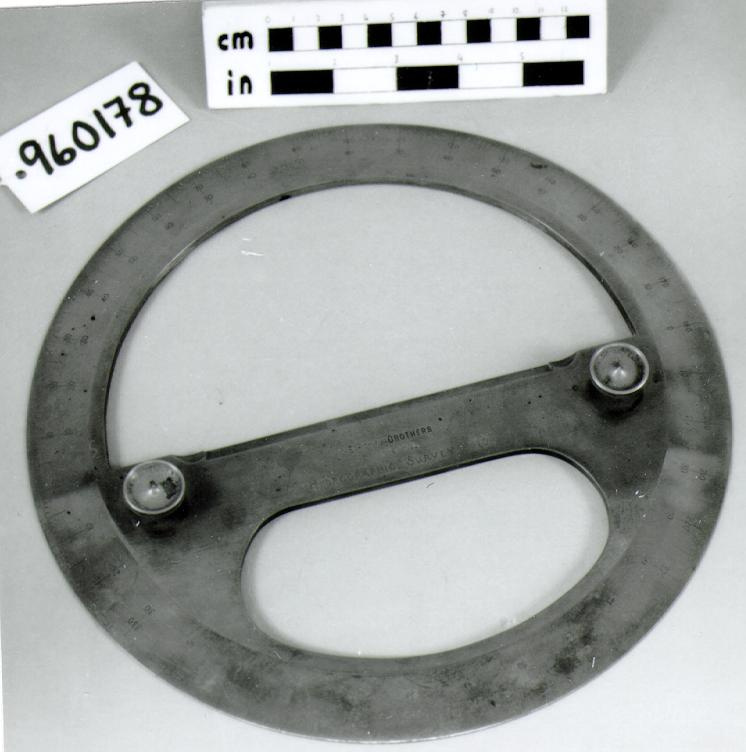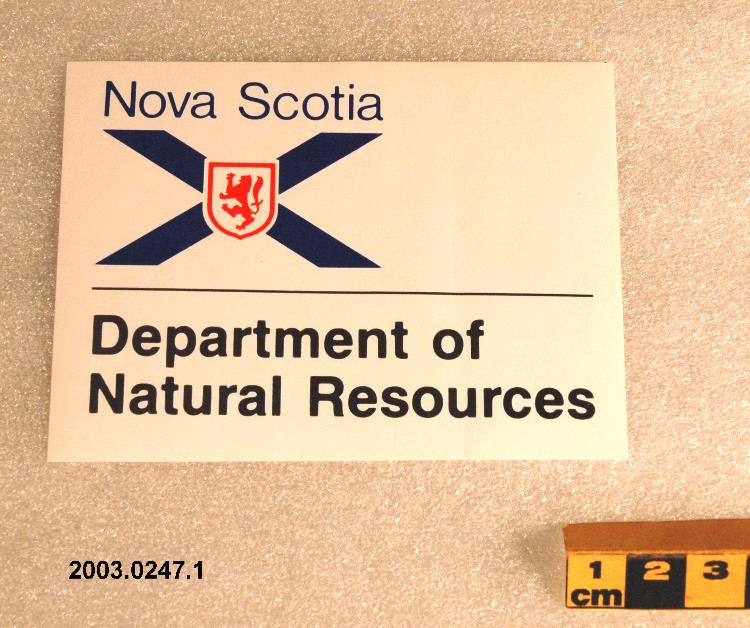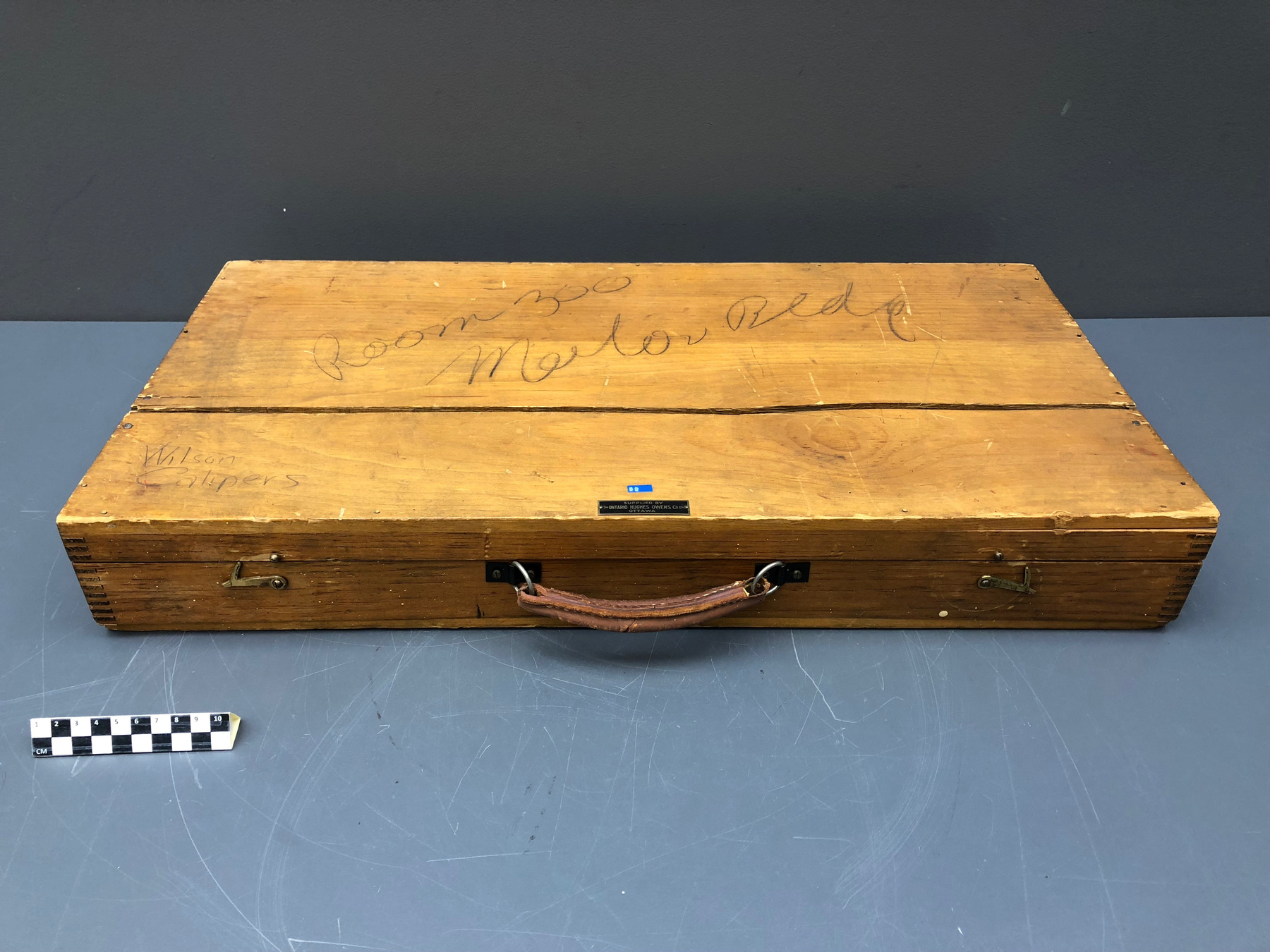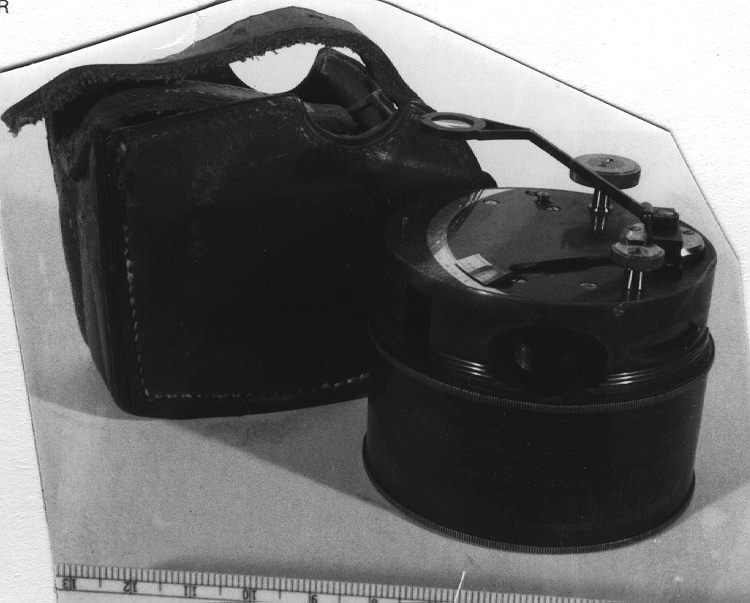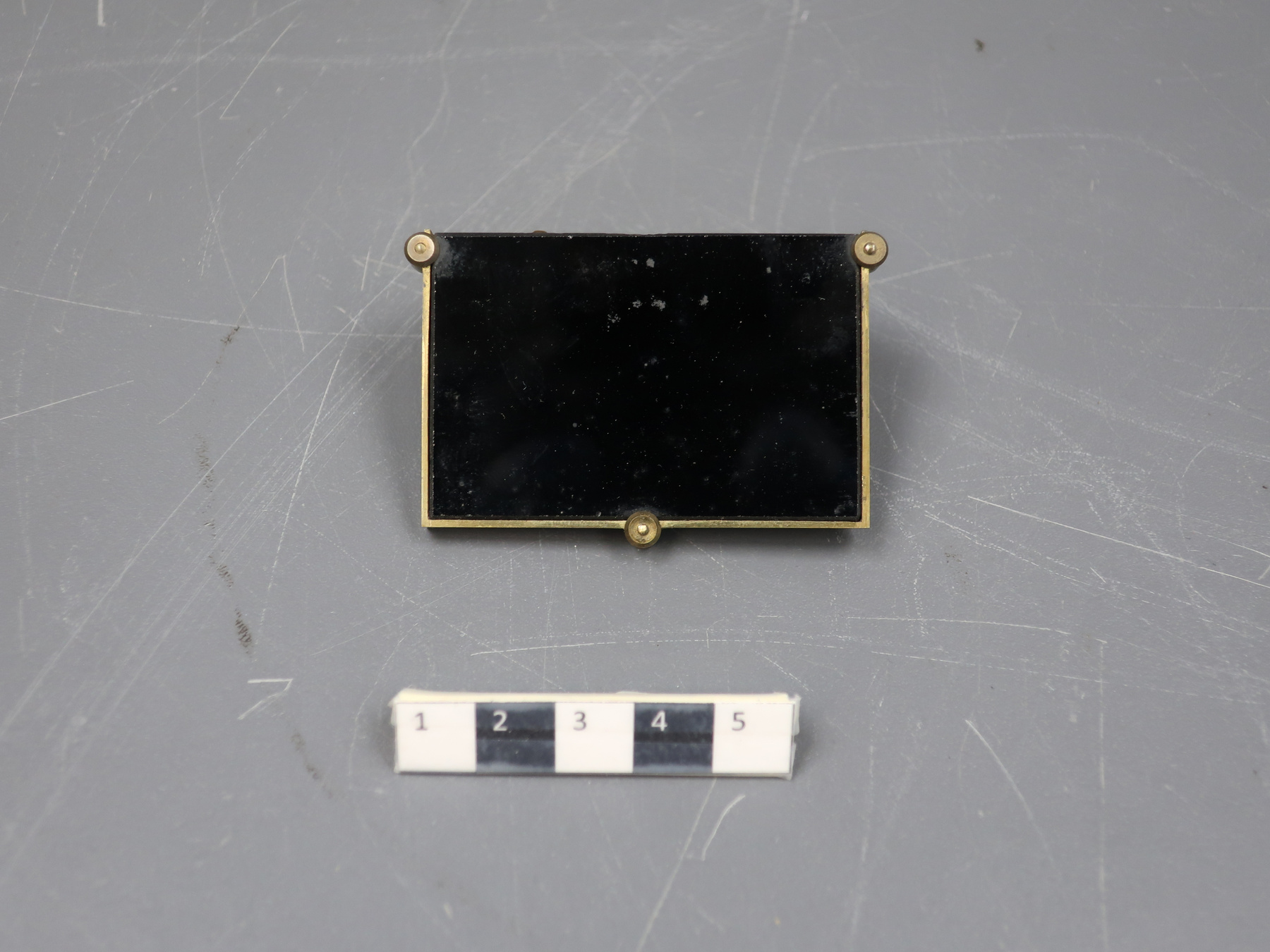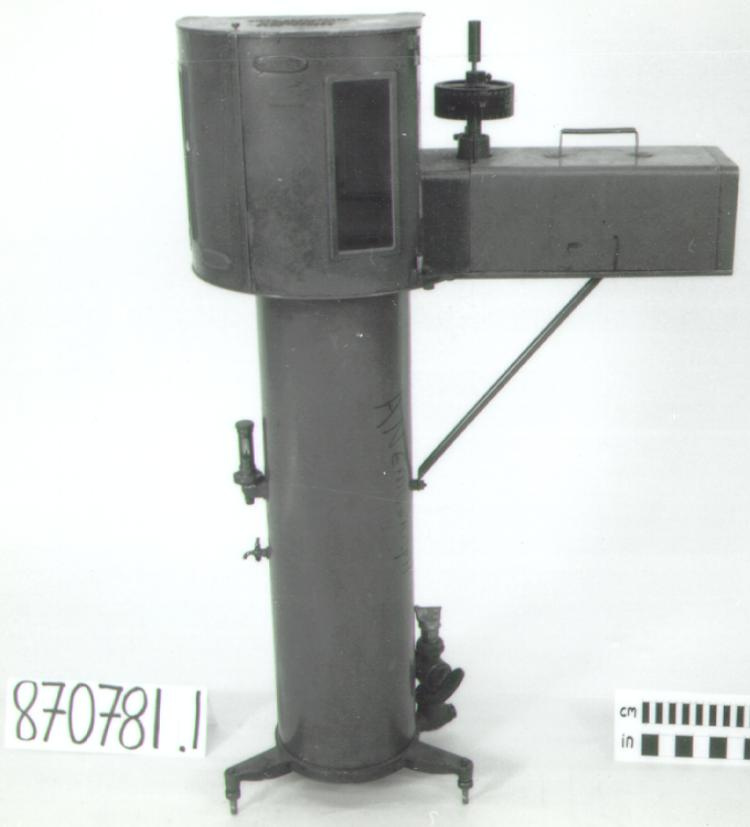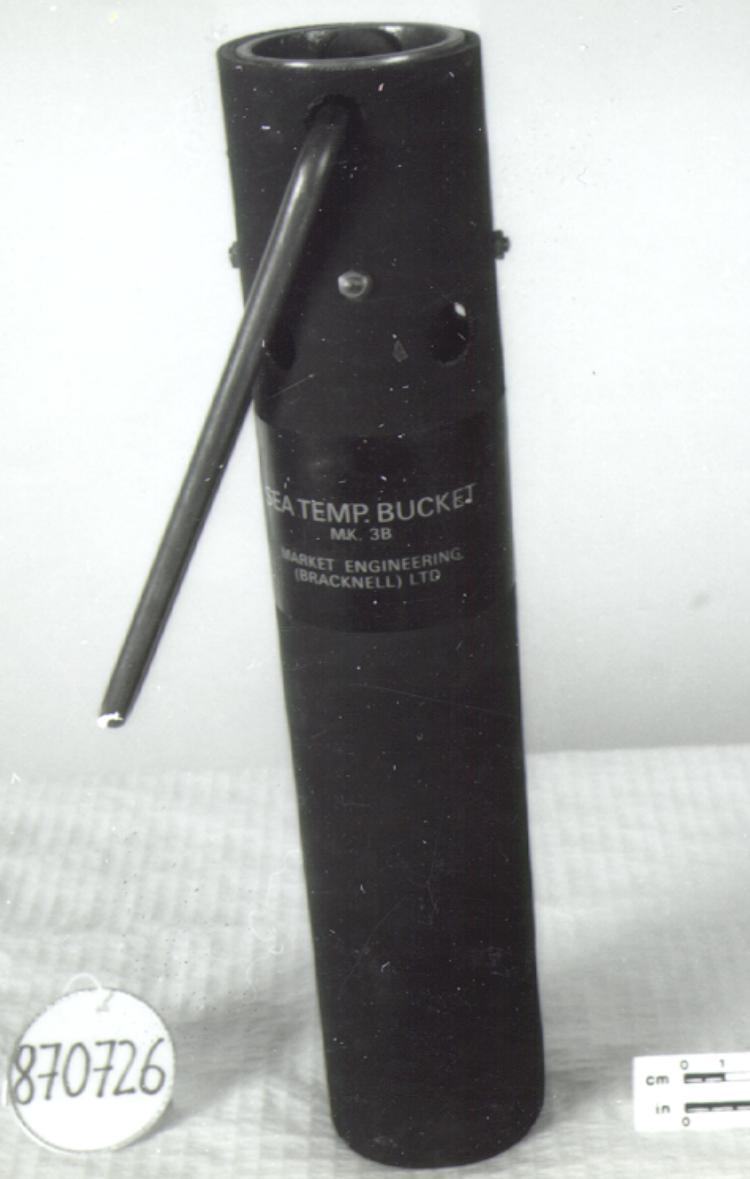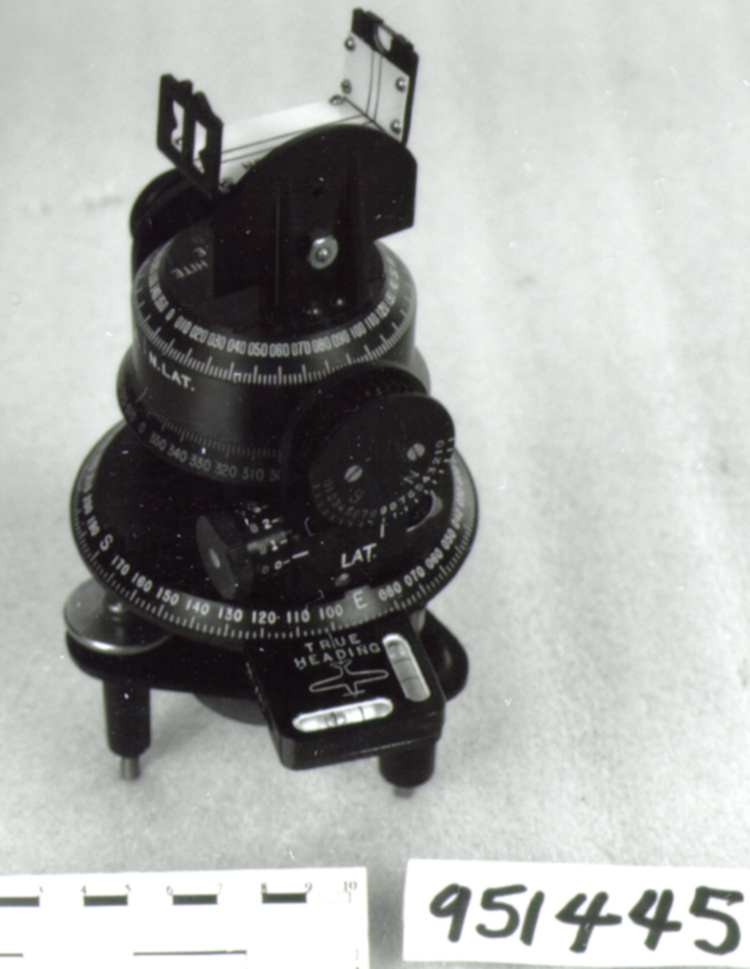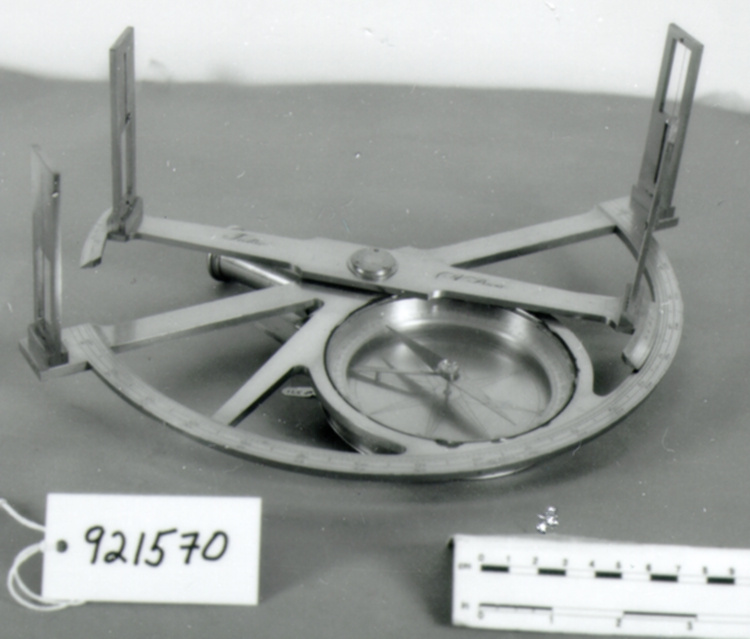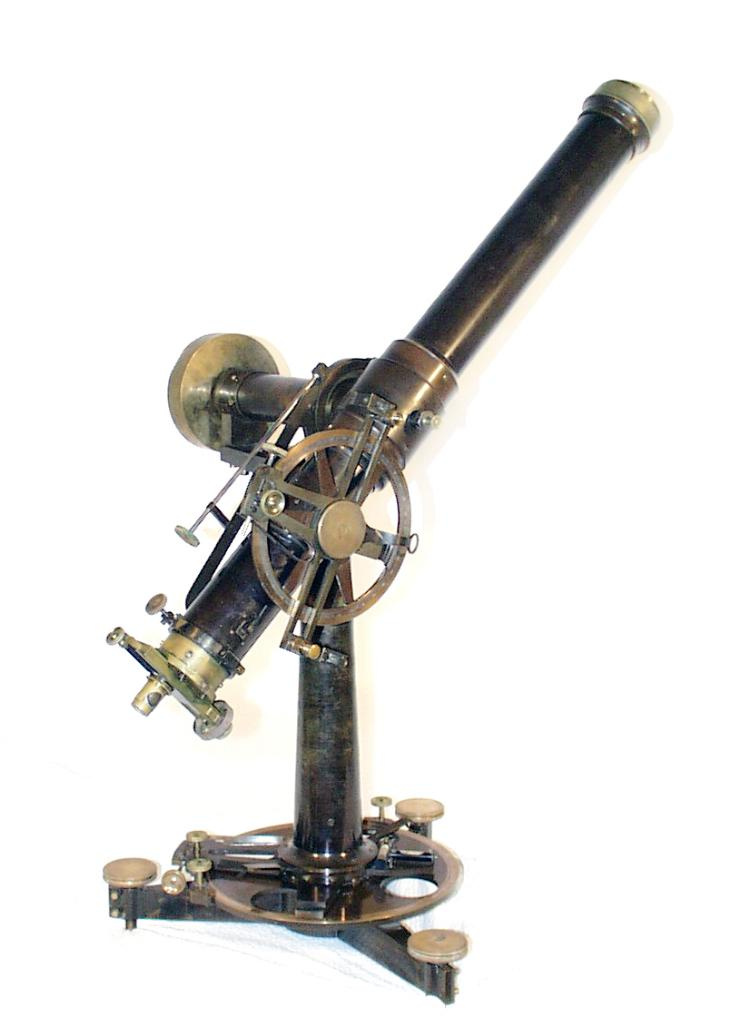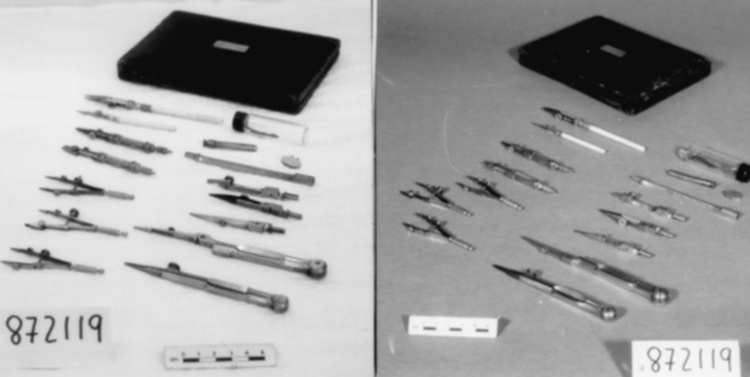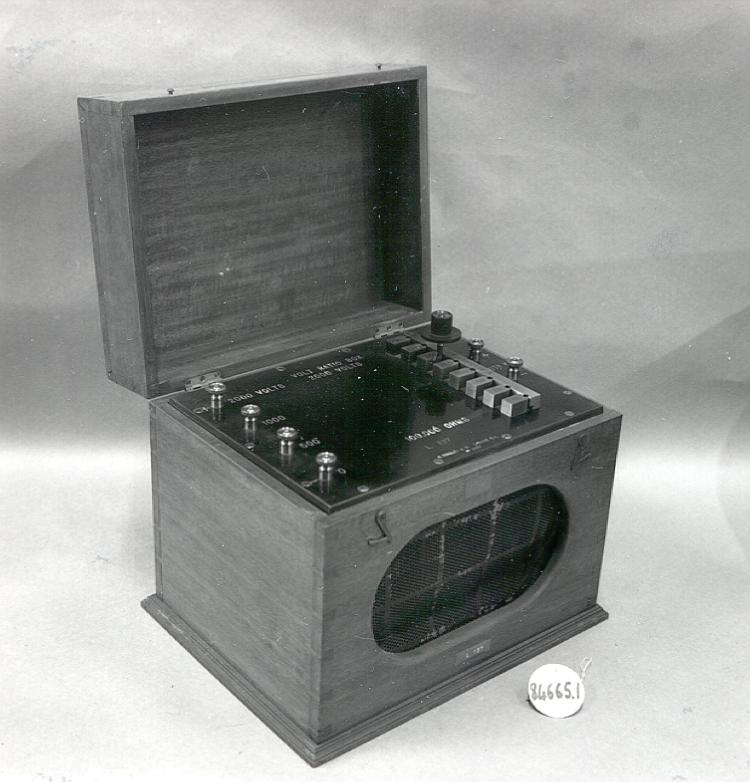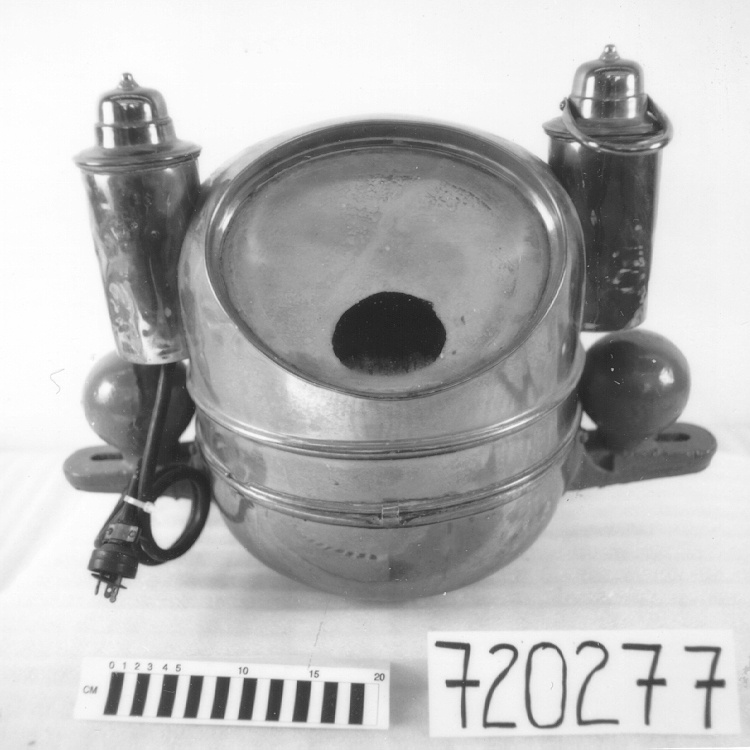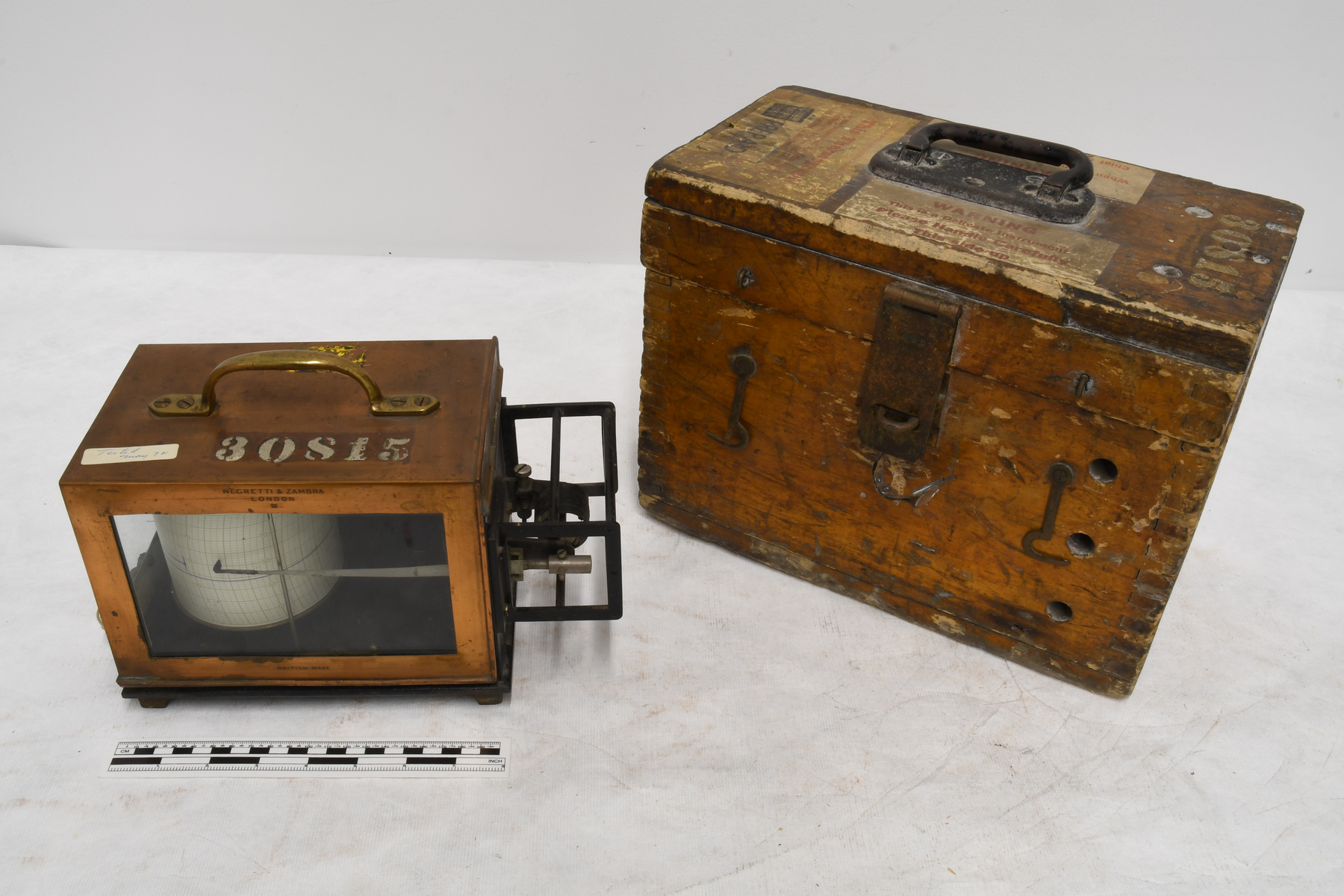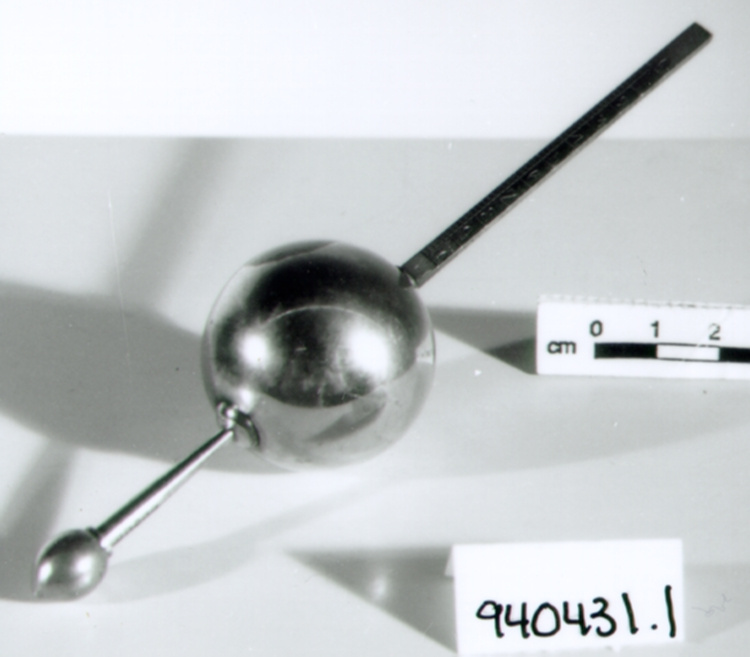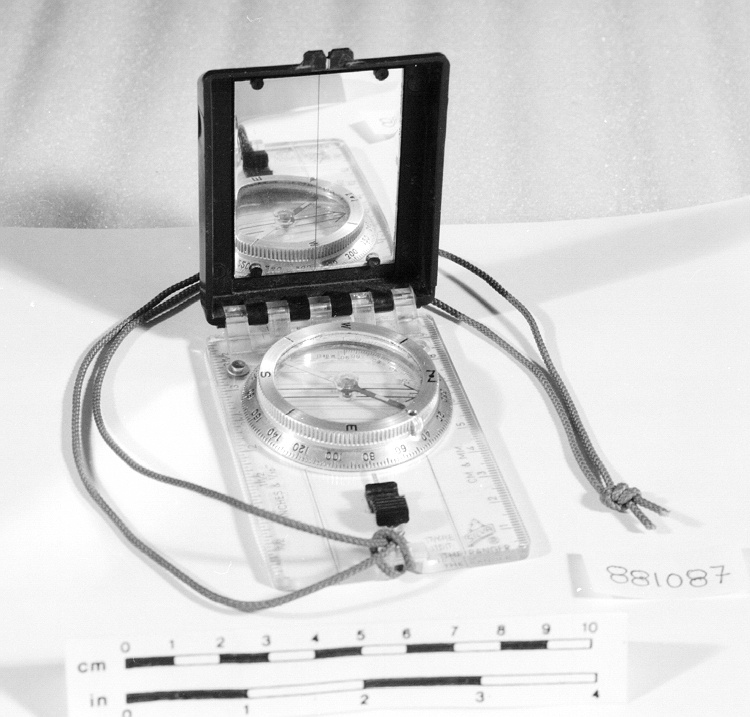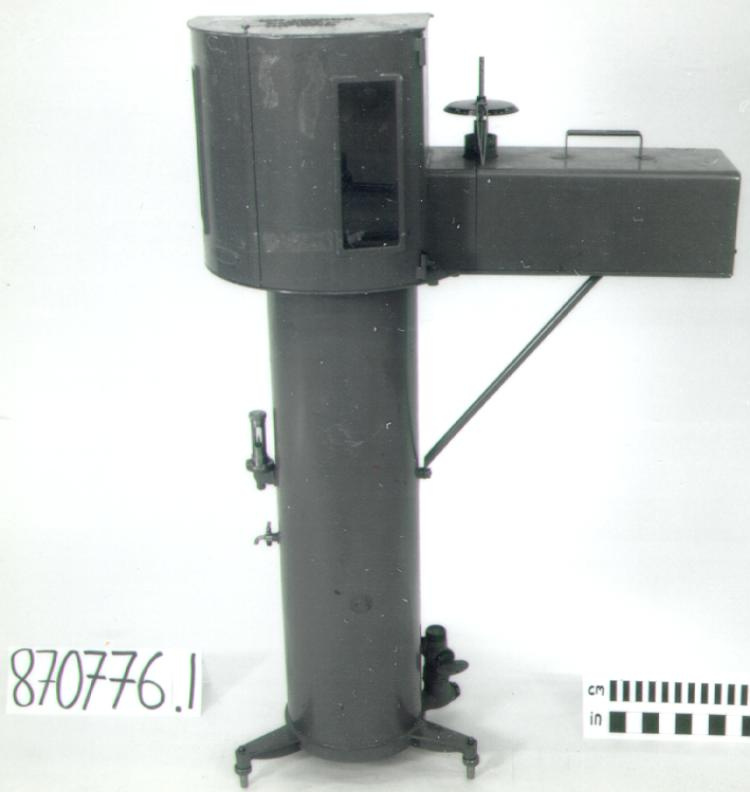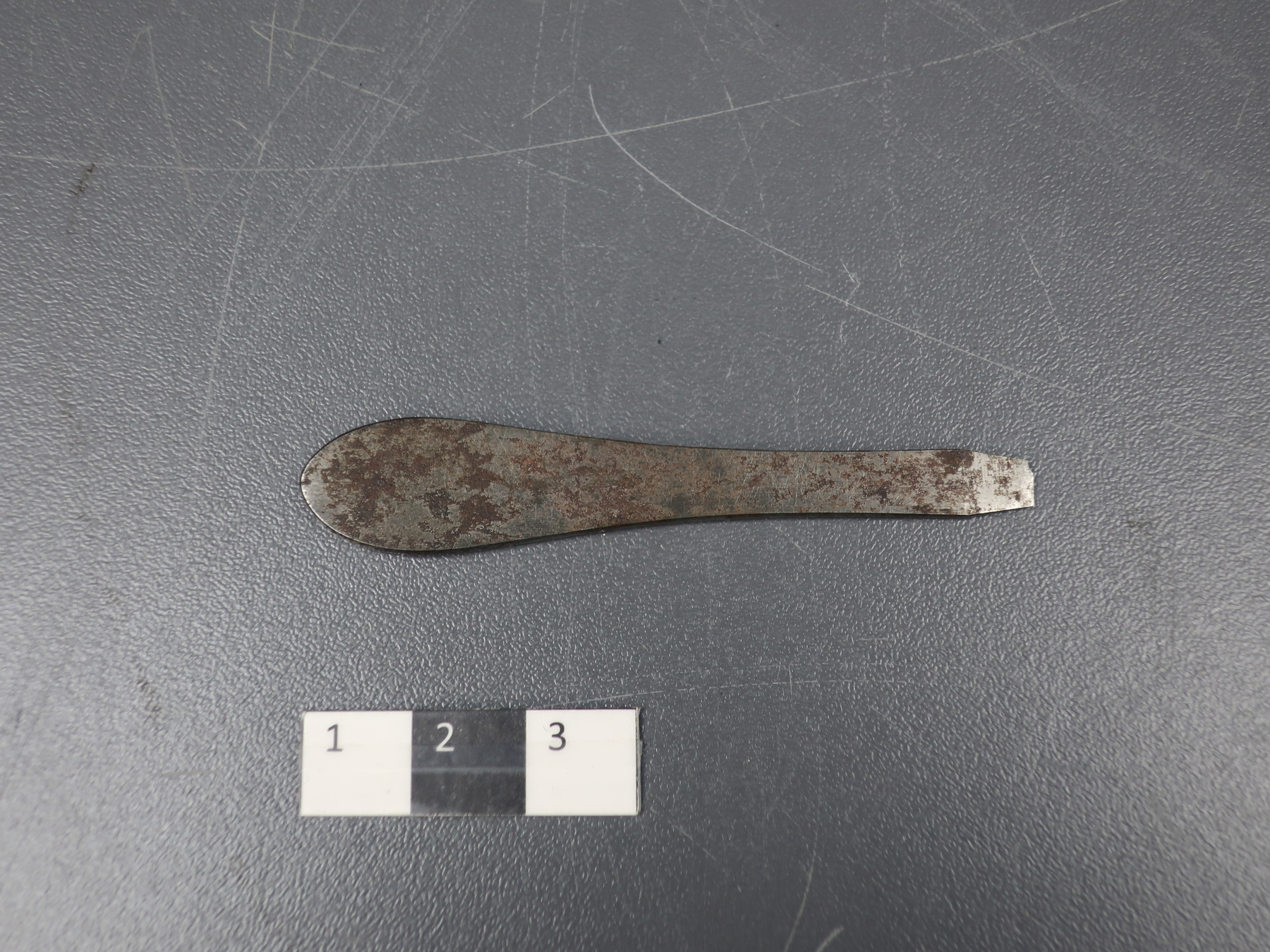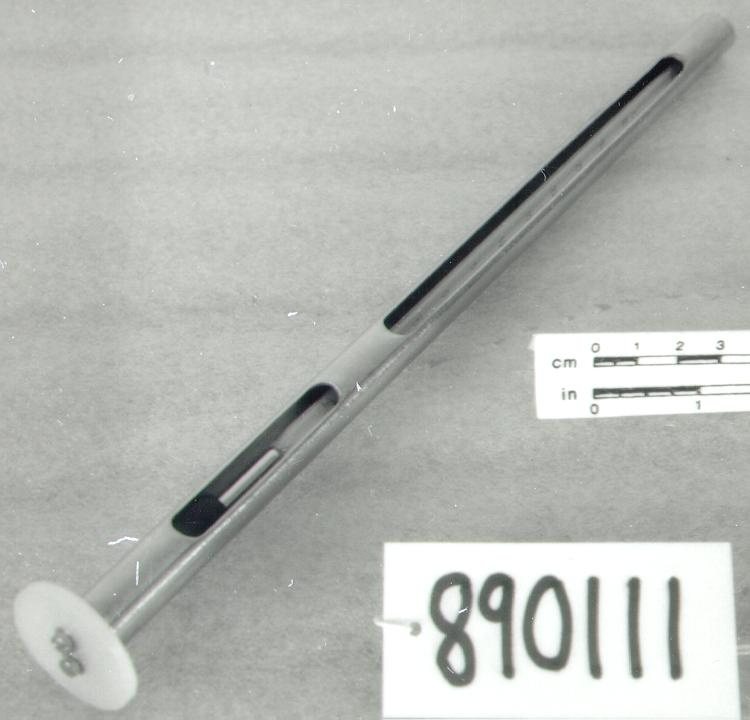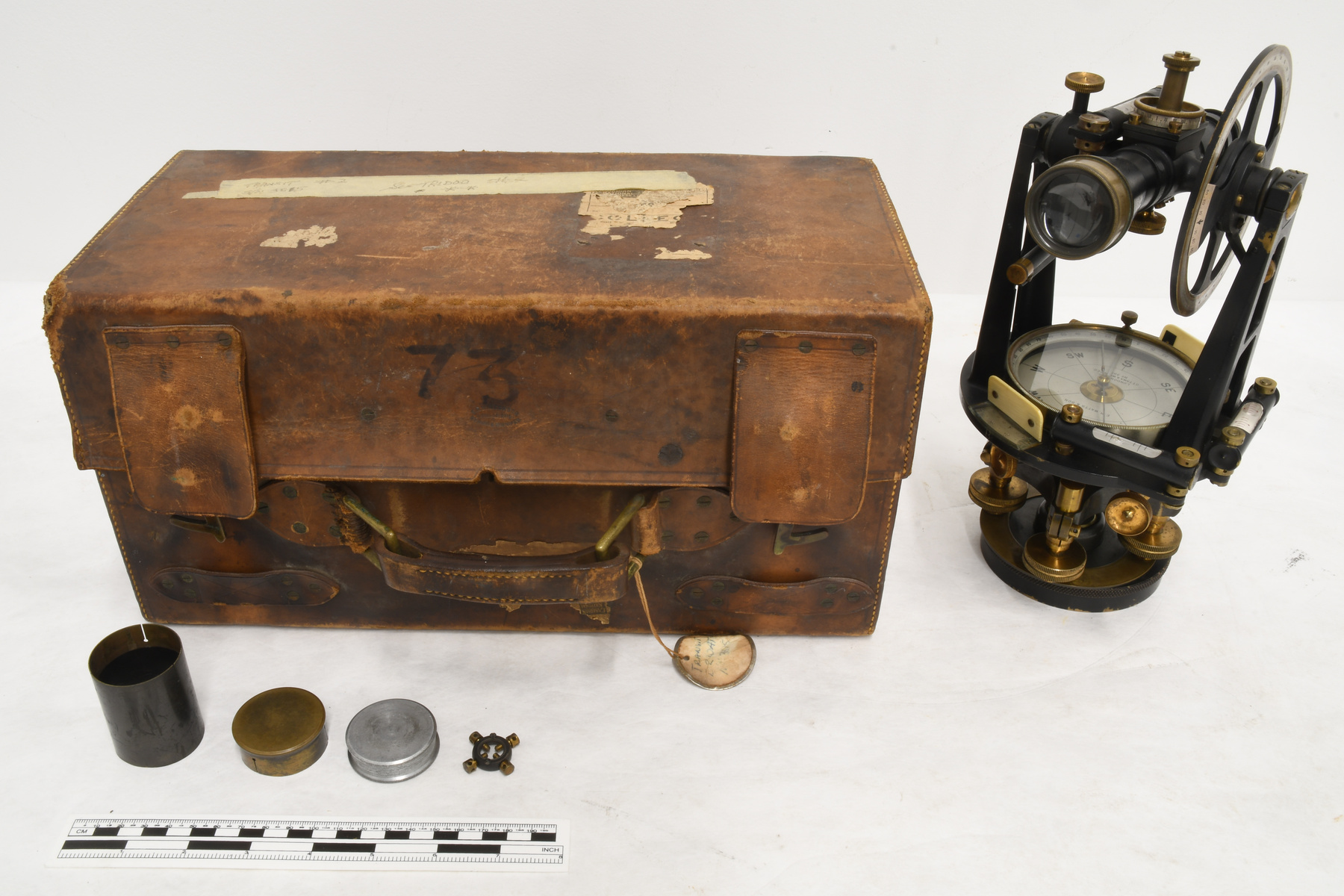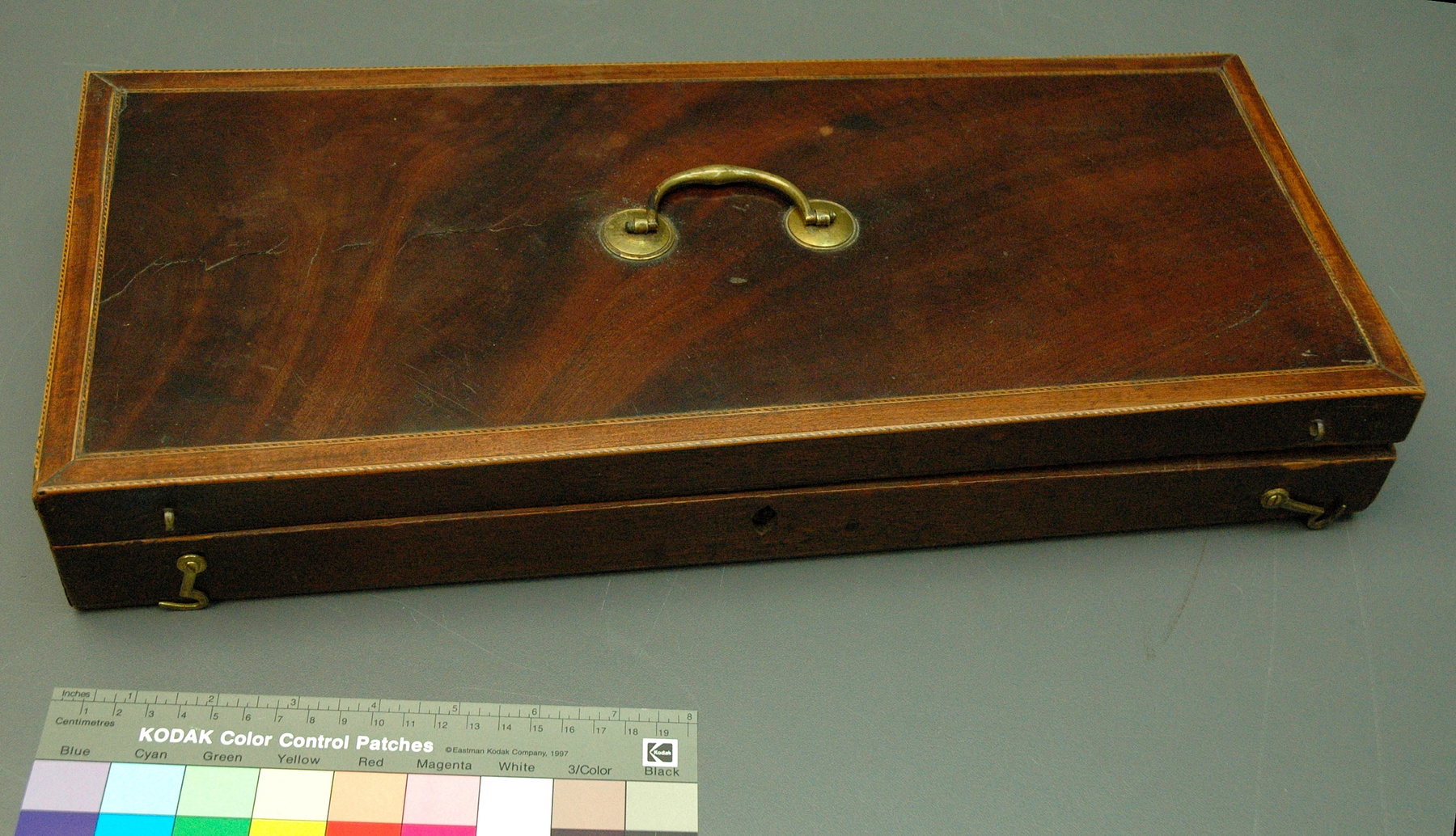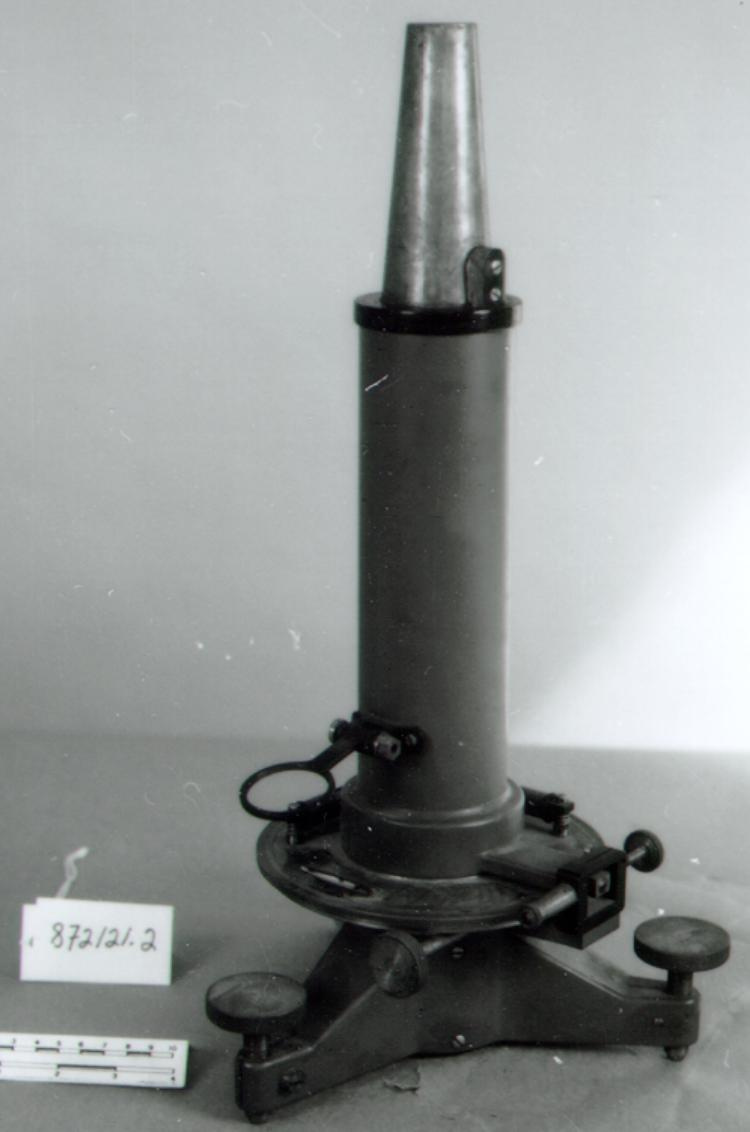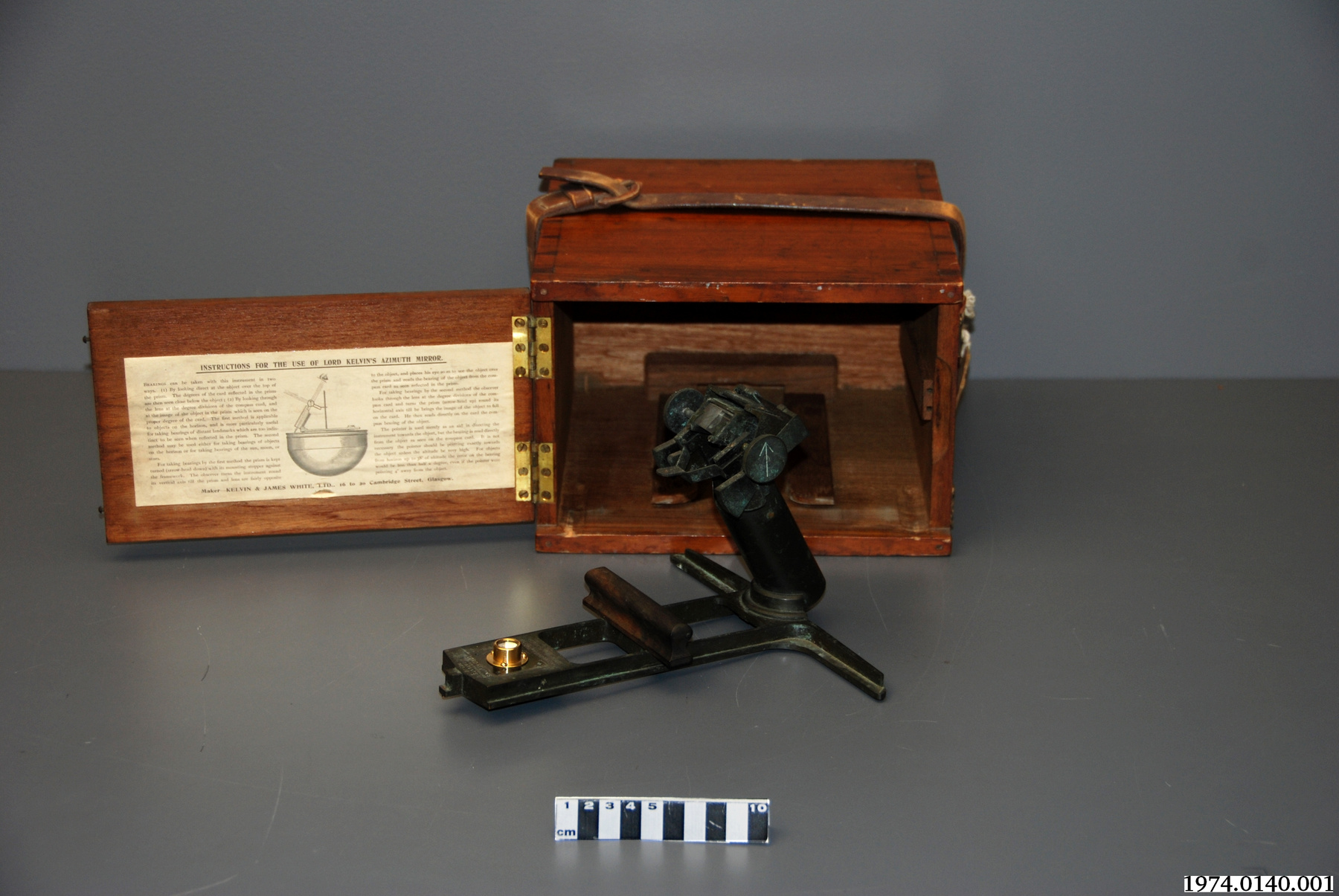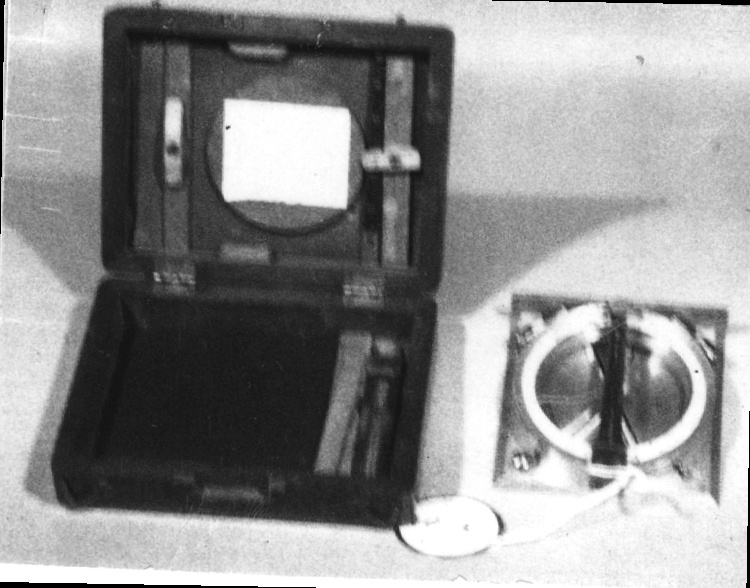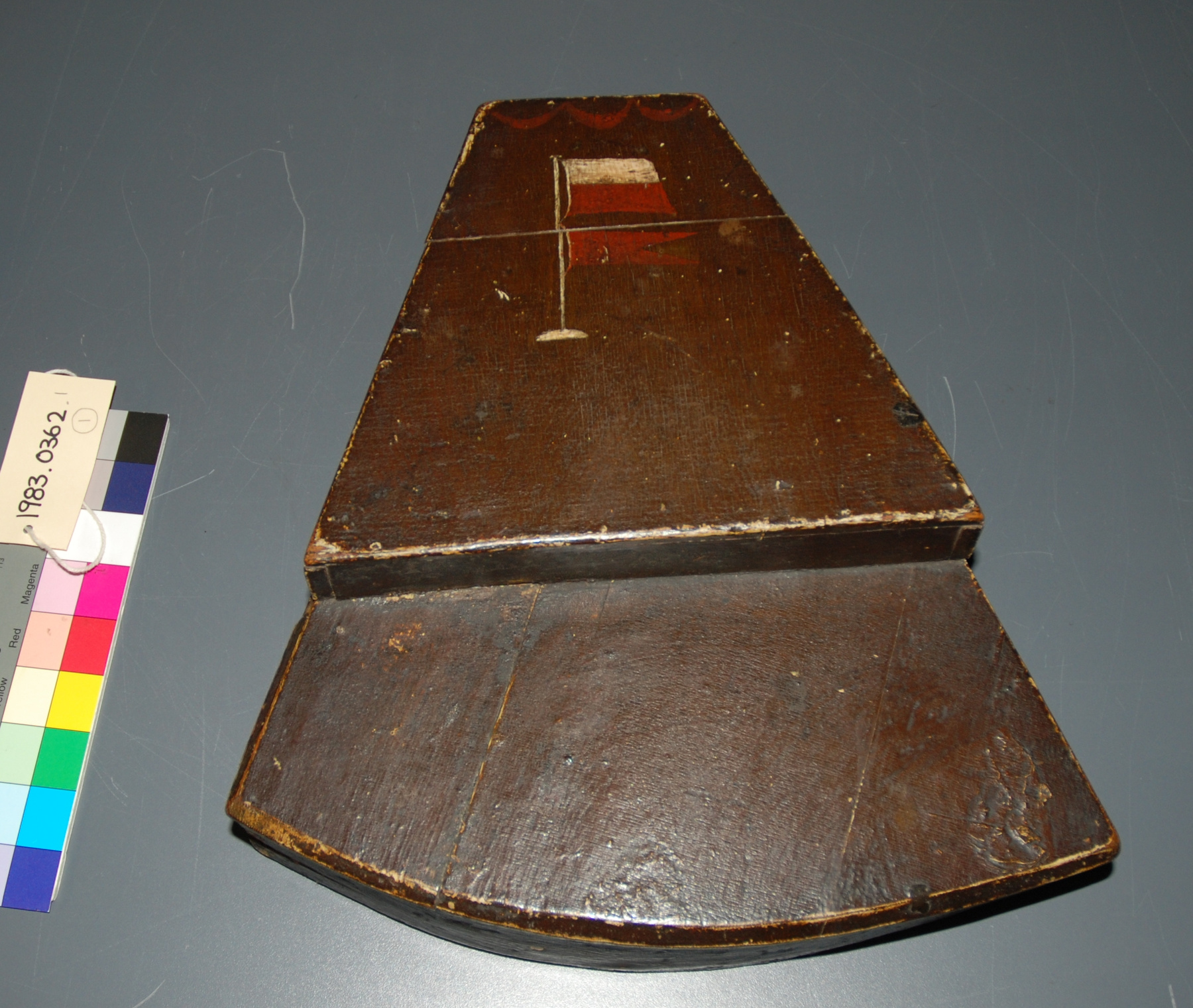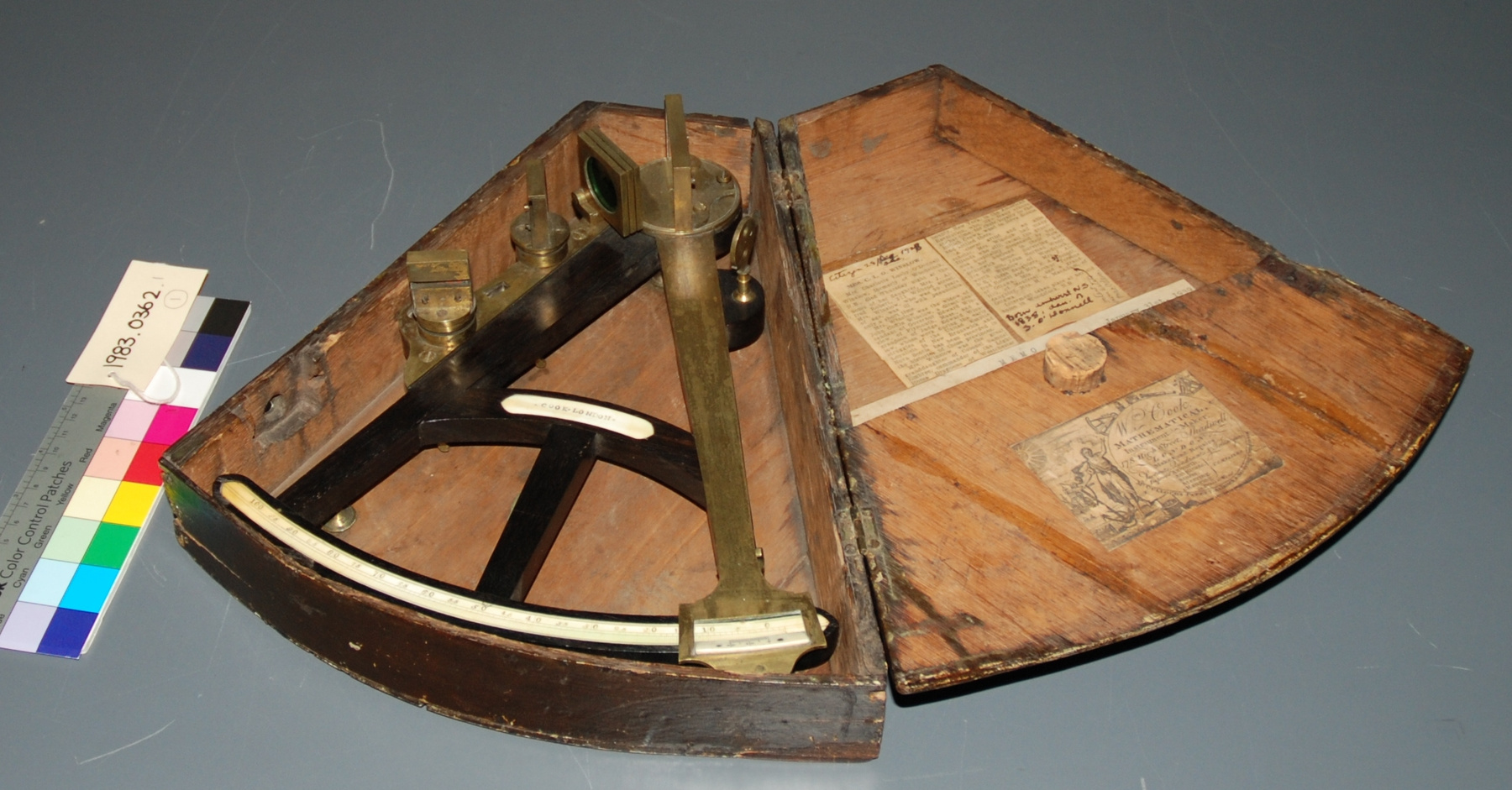Case, octant
Use this image
Can I reuse this image without permission? Yes
Object images on the Ingenium Collection’s portal have the following Creative Commons license:
Copyright Ingenium / CC BY-NC-ND (Attribution-NonCommercial 4.0 International (CC BY-NC 4.0)
ATTRIBUTE THIS IMAGE
Ingenium,
1983.0362.002
Permalink:
Ingenium is releasing this image under the Creative Commons licensing framework, and encourages downloading and reuse for non-commercial purposes. Please acknowledge Ingenium and cite the artifact number.
DOWNLOAD IMAGEPURCHASE THIS IMAGE
This image is free for non-commercial use.
For commercial use, please consult our Reproduction Fees and contact us to purchase the image.
- OBJECT TYPE
- N/A
- DATE
- 1799–1819
- ARTIFACT NUMBER
- 1983.0362.002
- MANUFACTURER
- Cook, Wm.
- MODEL
- Unknown
- LOCATION
- London, England
More Information
General Information
- Serial #
- N/A
- Part Number
- 2
- Total Parts
- 2
- AKA
- N/A
- Patents
- N/A
- General Description
- Wood and brass
Dimensions
Note: These reflect the general size for storage and are not necessarily representative of the object's true dimensions.
- Length
- 10.0 cm
- Width
- 53.0 cm
- Height
- 36.0 cm
- Thickness
- N/A
- Weight
- N/A
- Diameter
- N/A
- Volume
- N/A
Lexicon
- Group
- Exploration and Survey
- Category
- Measurement-distance
- Sub-Category
- N/A
Manufacturer
- AKA
- Cook
- Country
- England
- State/Province
- Unknown
- City
- London
Context
- Country
- Canada
- State/Province
- Nova Scotia
- Period
- Mid 19TH c. FF?
- Canada
-
Octant originally belonged to Samuel O'Donnell (1801-1883) of Amherst, Nova Scotia. He was the deputy crown land surveyor of Cumberland County. The octant was passed down to his granddaughter, who gave it to Beaver Hall Antiques in 1945. - Function
-
Used in navigation to measure the altitude of the sun, moon, stars etc, especially at sea, in order to determine latitude & longitude. - Technical
-
Octant manufactured by Wm Cook. Octants were a huge advantage over previously used instruments to determine a position at sea. They were simple instruments based on the application of optics. The scale reads from -10 degrees to 110 degrees, and the vernier reads from 0 to 20 units. - Area Notes
-
Unknown
Details
- Markings
- Paper mfr's label on box lid interior reading 'Wm COOK/ MATHEMATICAL/ INSTRUMENT MAKER/ 178 High Street, Shadwell,/ LONDON/ Makes and Repairs,/ Sextants, Quadrants & Telescopes/ Improved Azimuth, Amplitude, Storm, Steering & Hanging Compasses/ McCulloch's Patent Azimuth & Steering Compasses'/ Typed memo & newspaper clipping affixed to lid interior (see supp.inf.)/
- Missing
- N/A
- Finish
- Wooden case with brass hinges and hardware. Painted design on lid exterior consisting of white flag pole with red & white flag & red pennant.
- Decoration
- N/A
CITE THIS OBJECT
If you choose to share our information about this collection object, please cite:
Cook, Wm., Case, octant, between 1799–1819, Artifact no. 1983.0362, Ingenium – Canada’s Museums of Science and Innovation, http://collection.ingeniumcanada.org/en/id/1983.0362.002/
FEEDBACK
Submit a question or comment about this artifact.
More Like This

